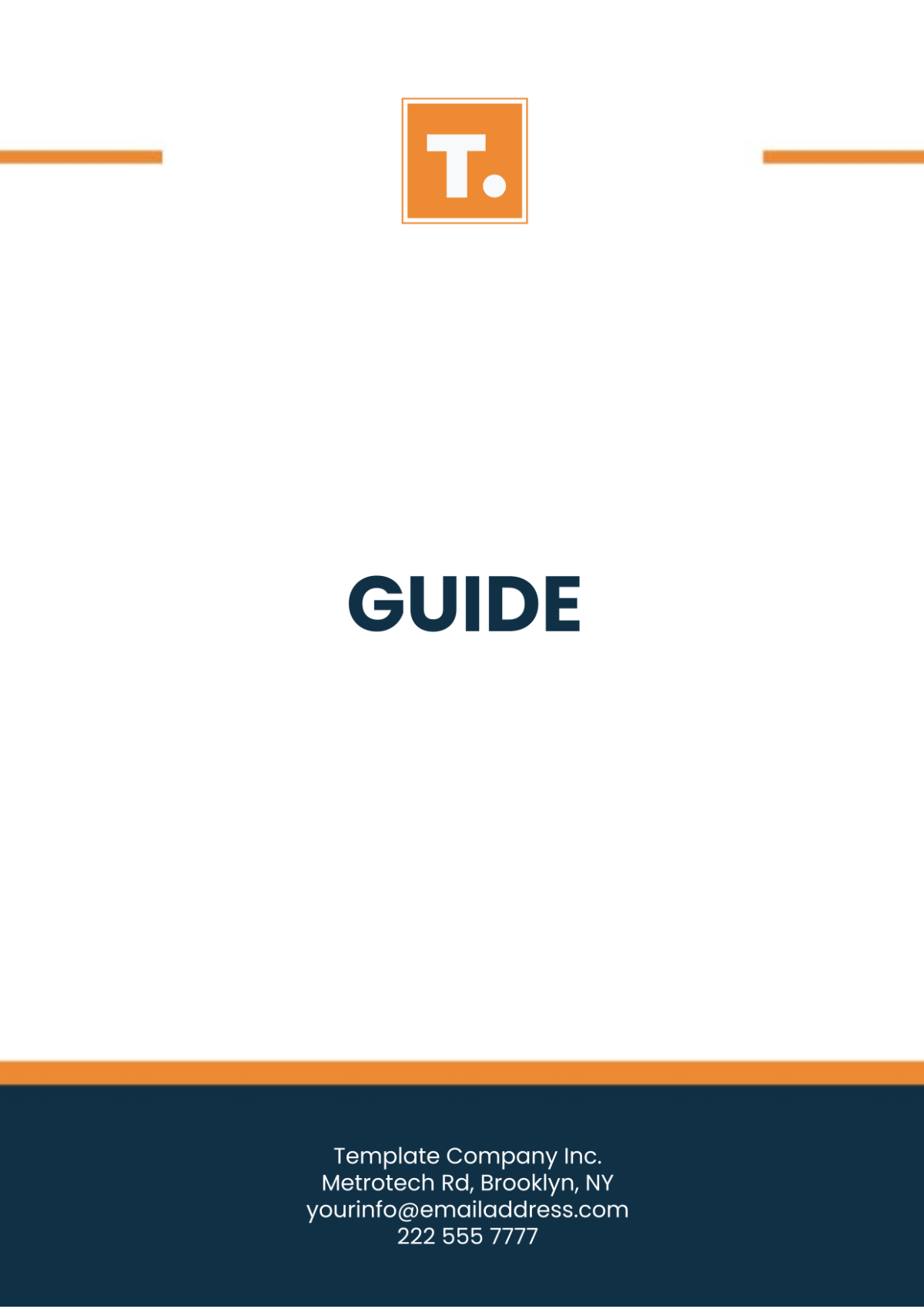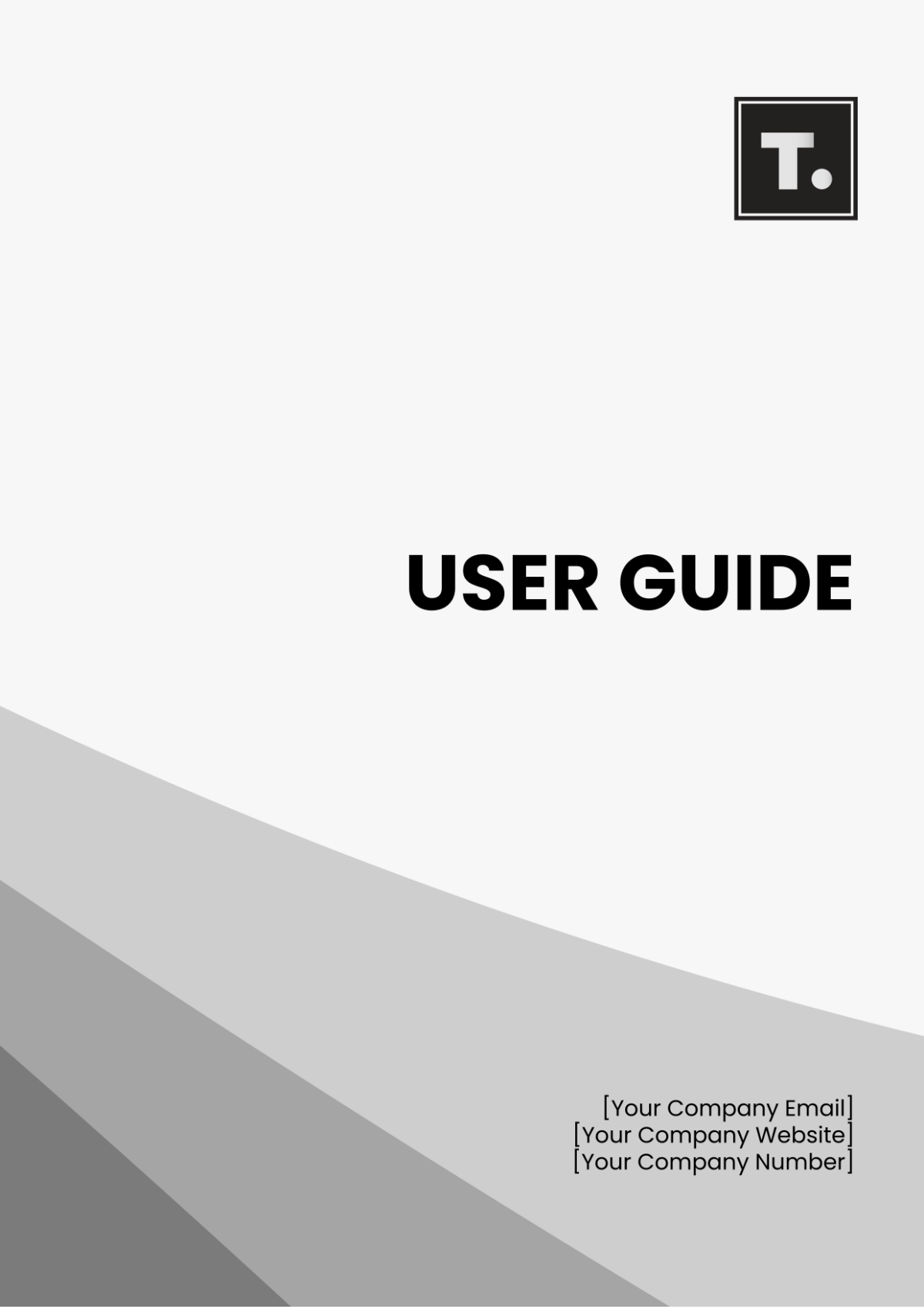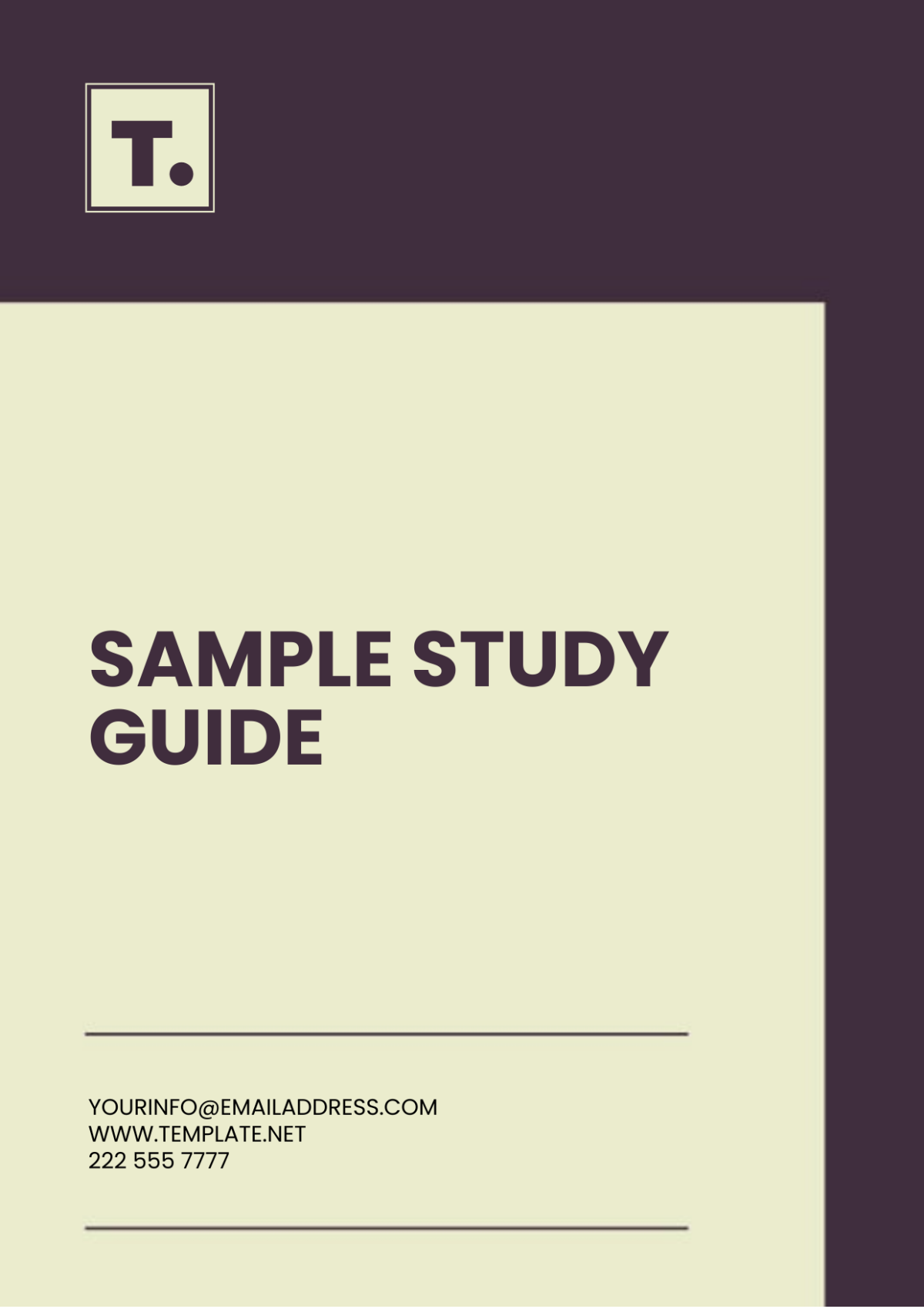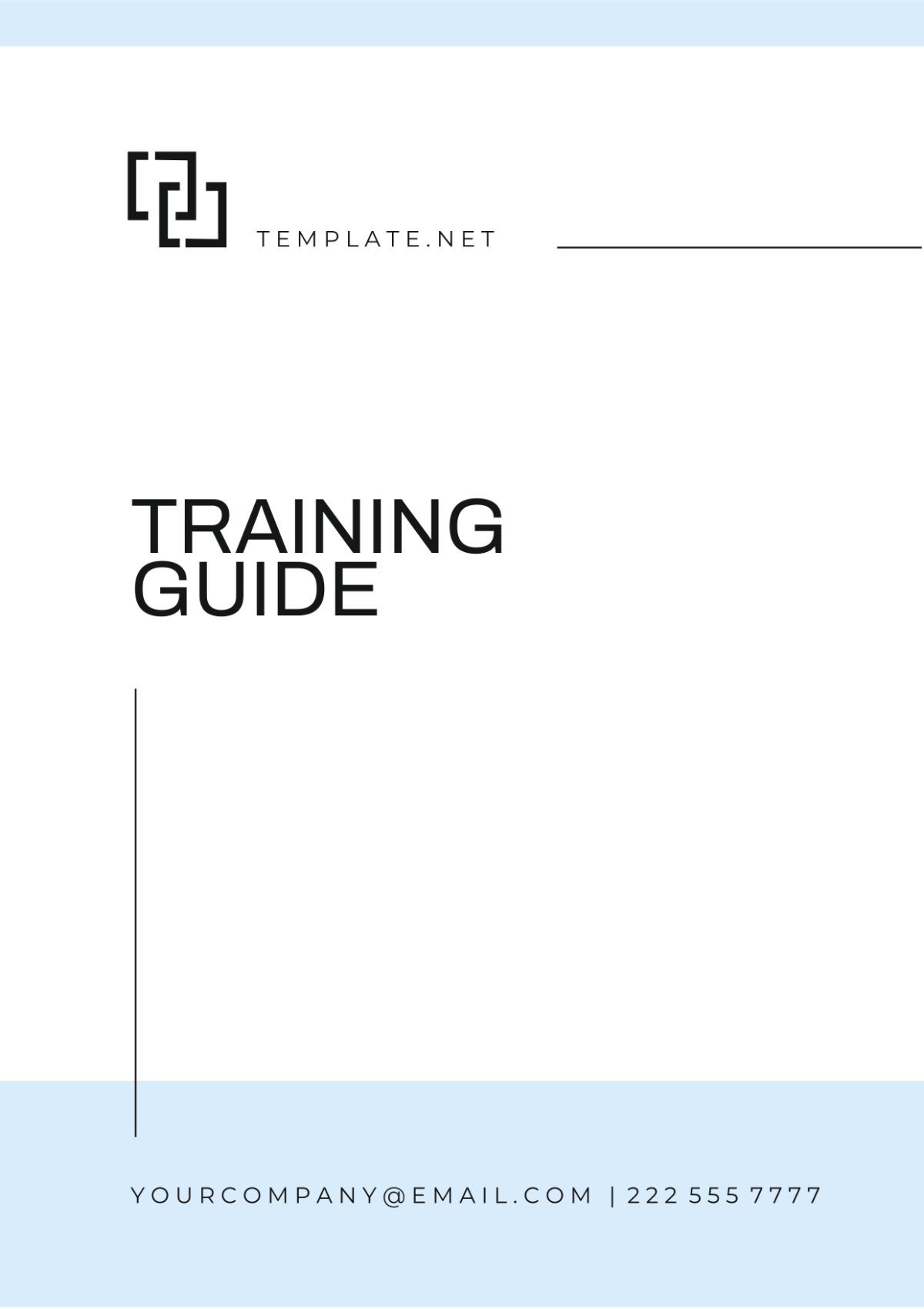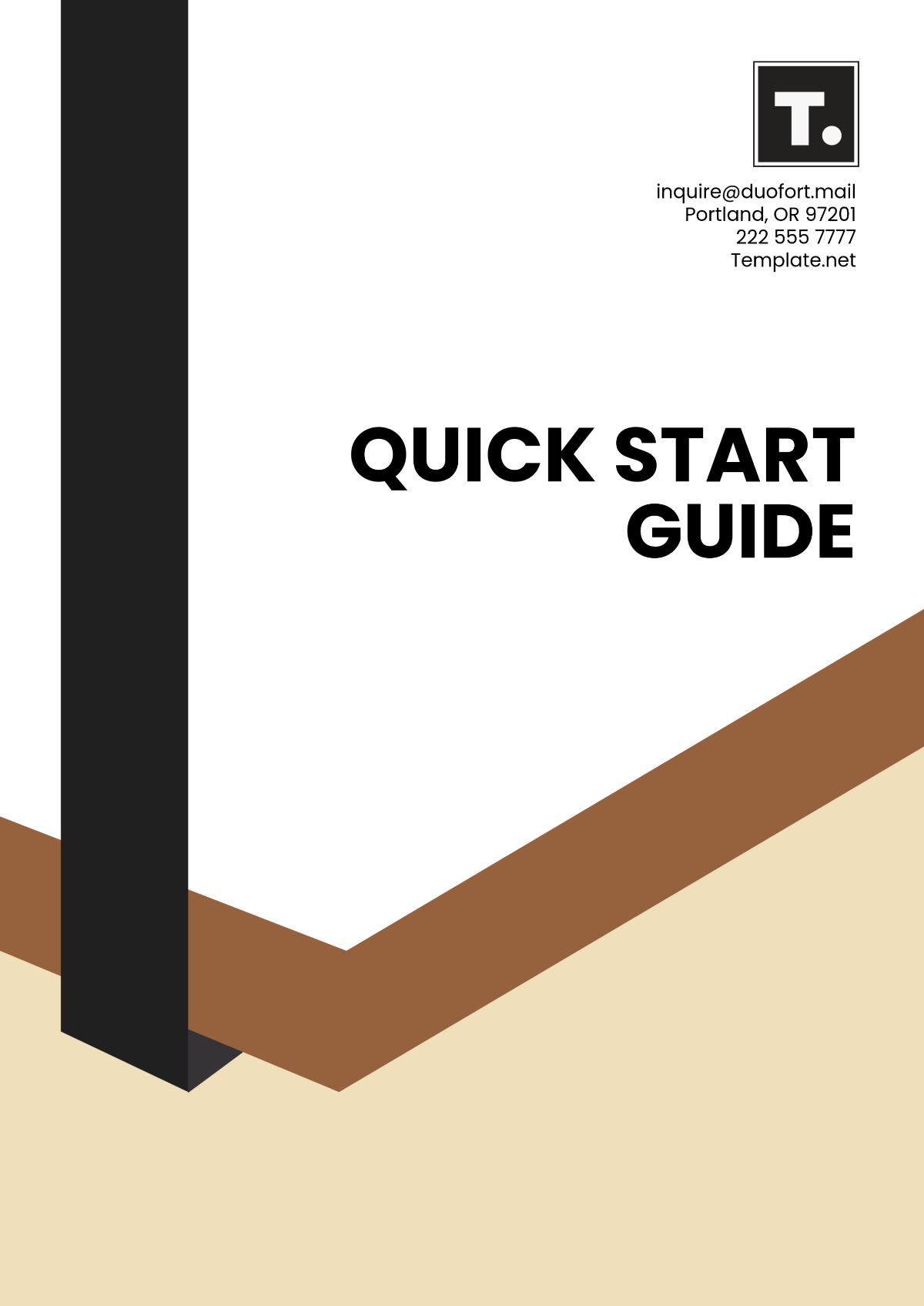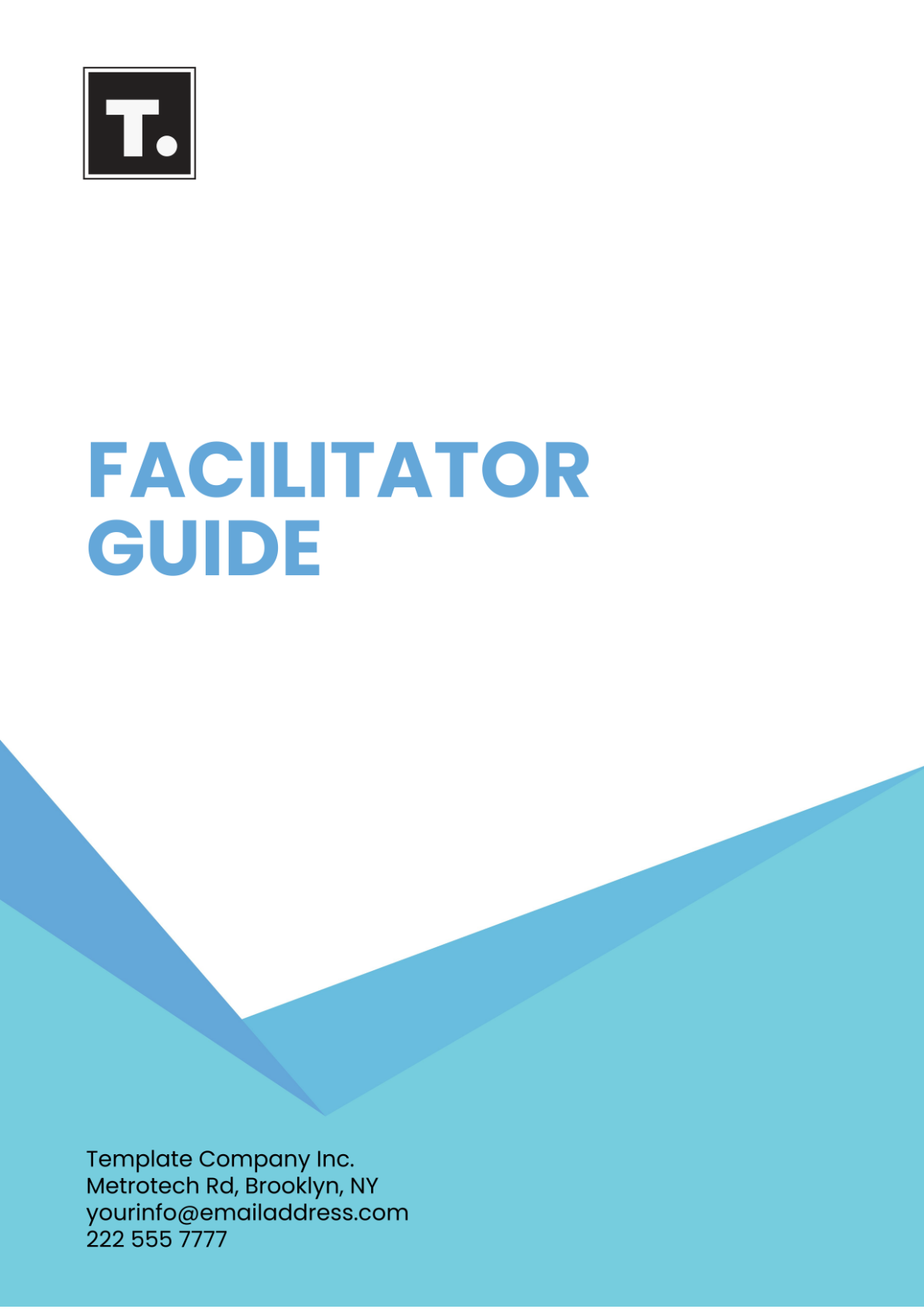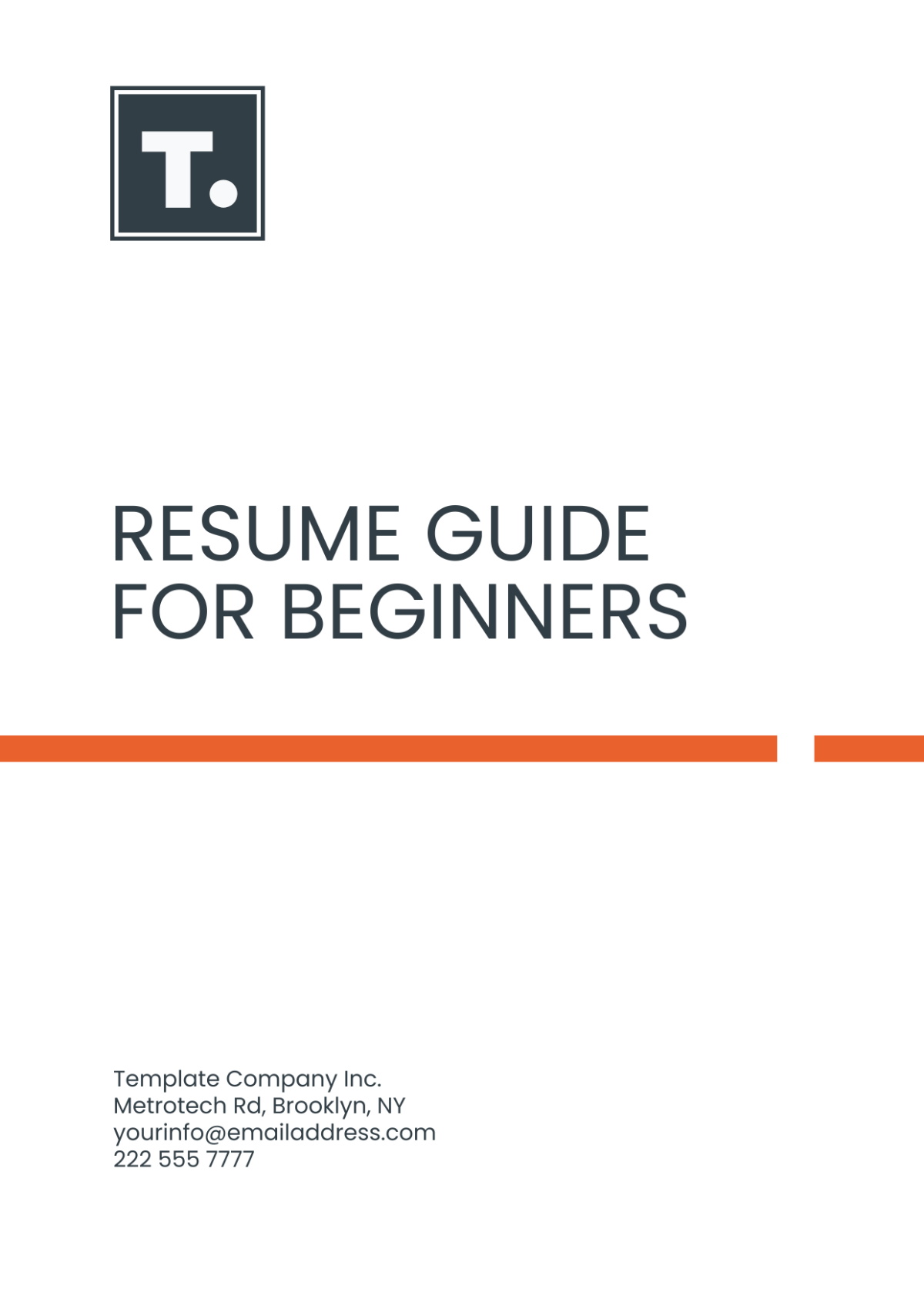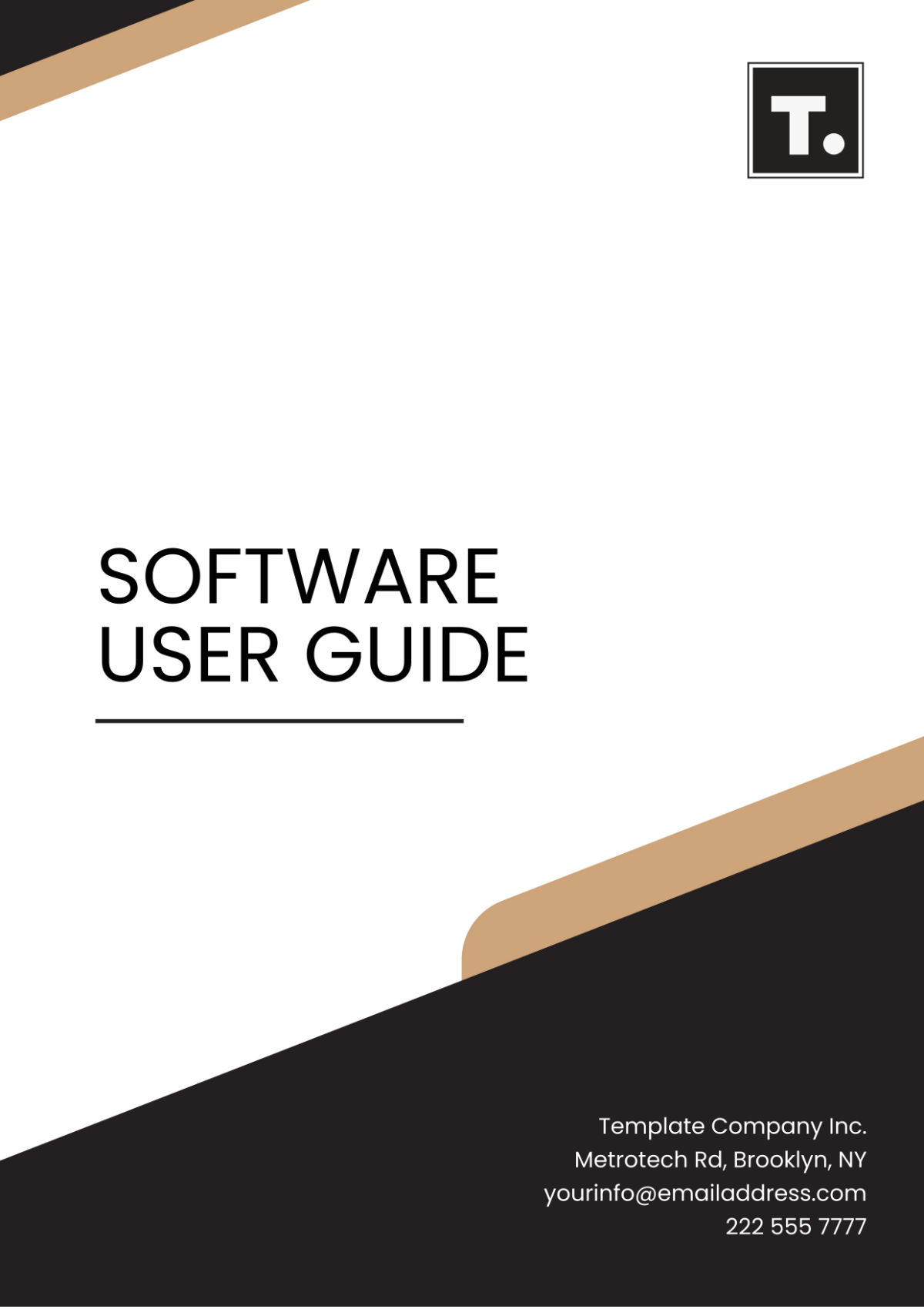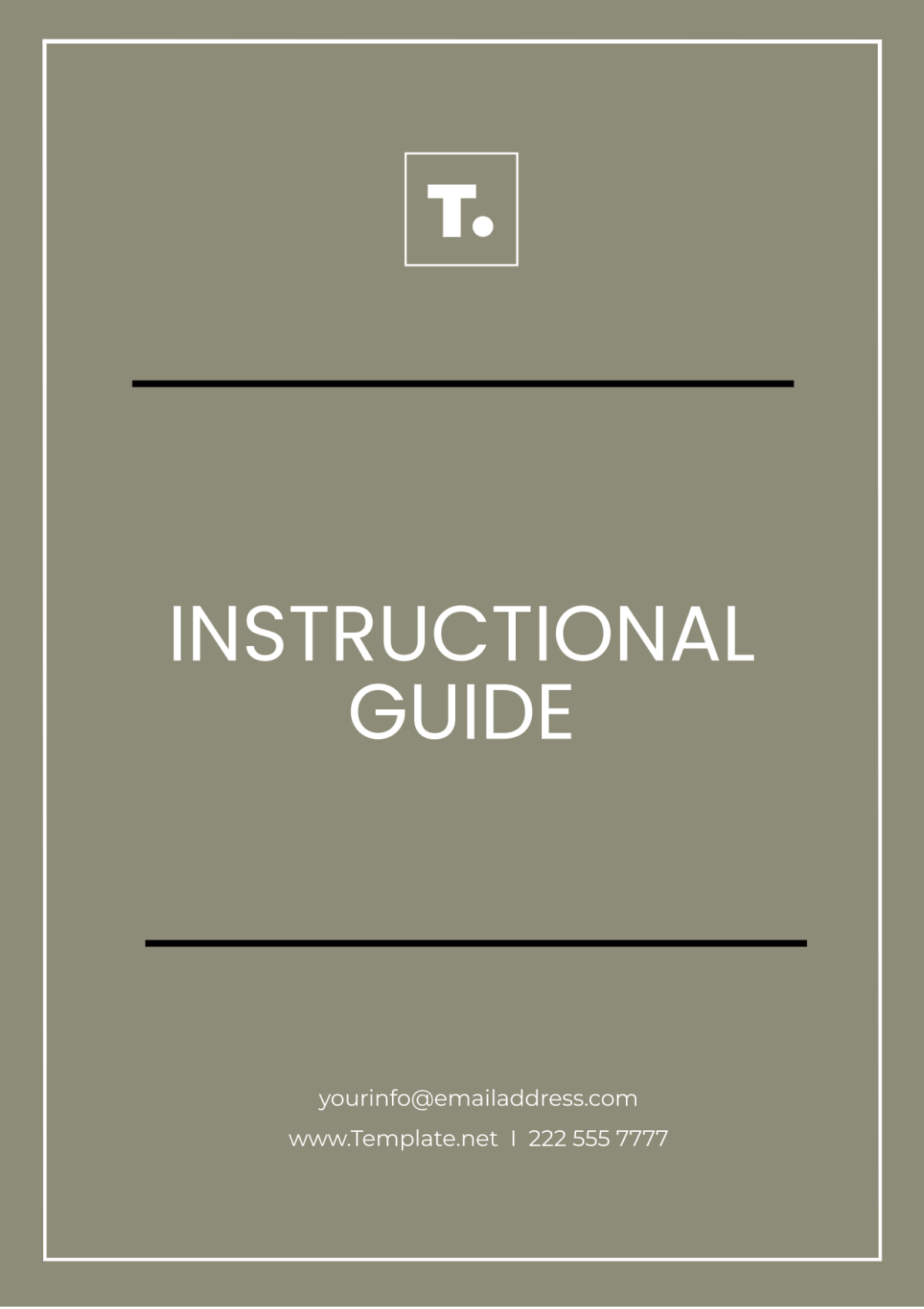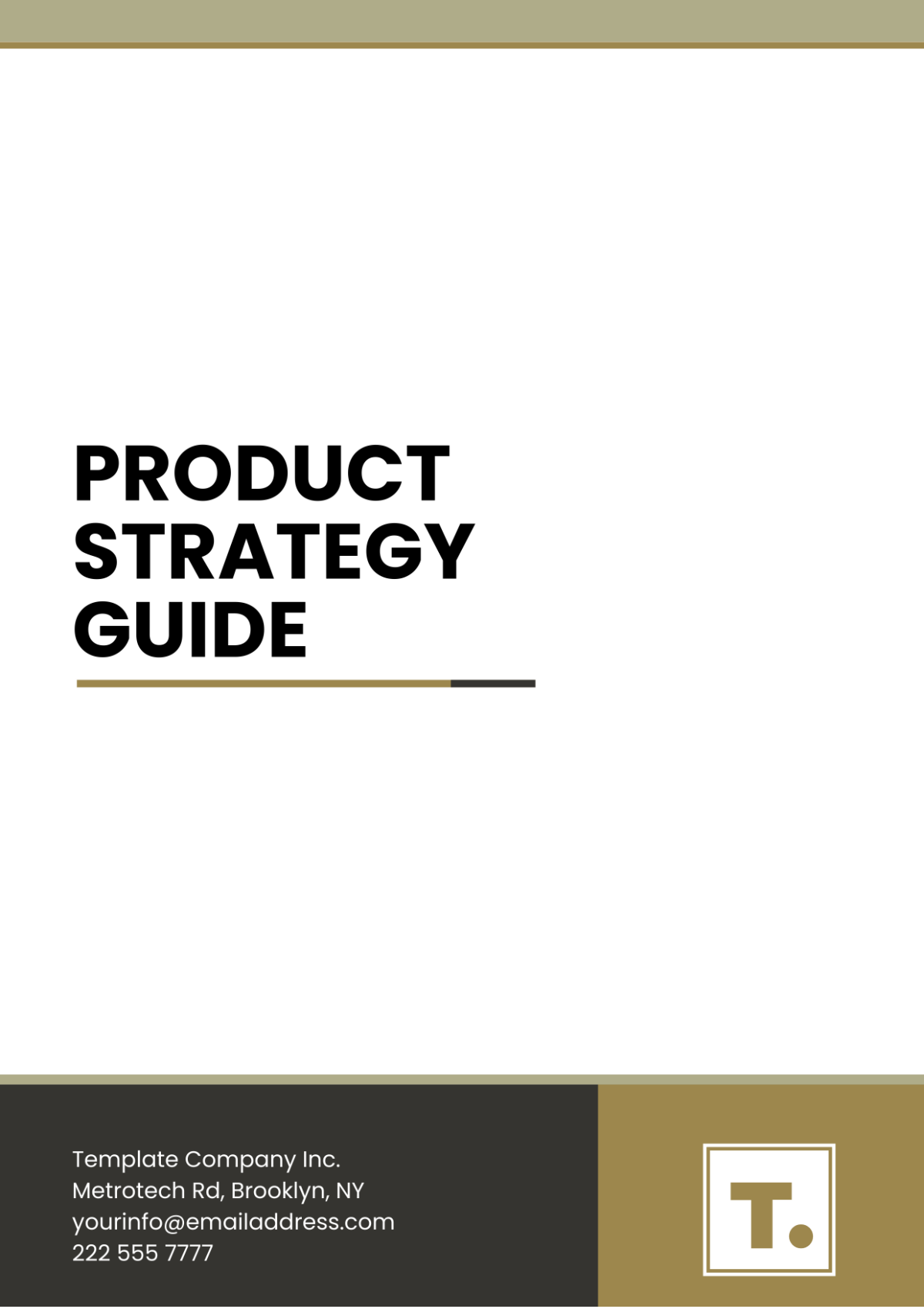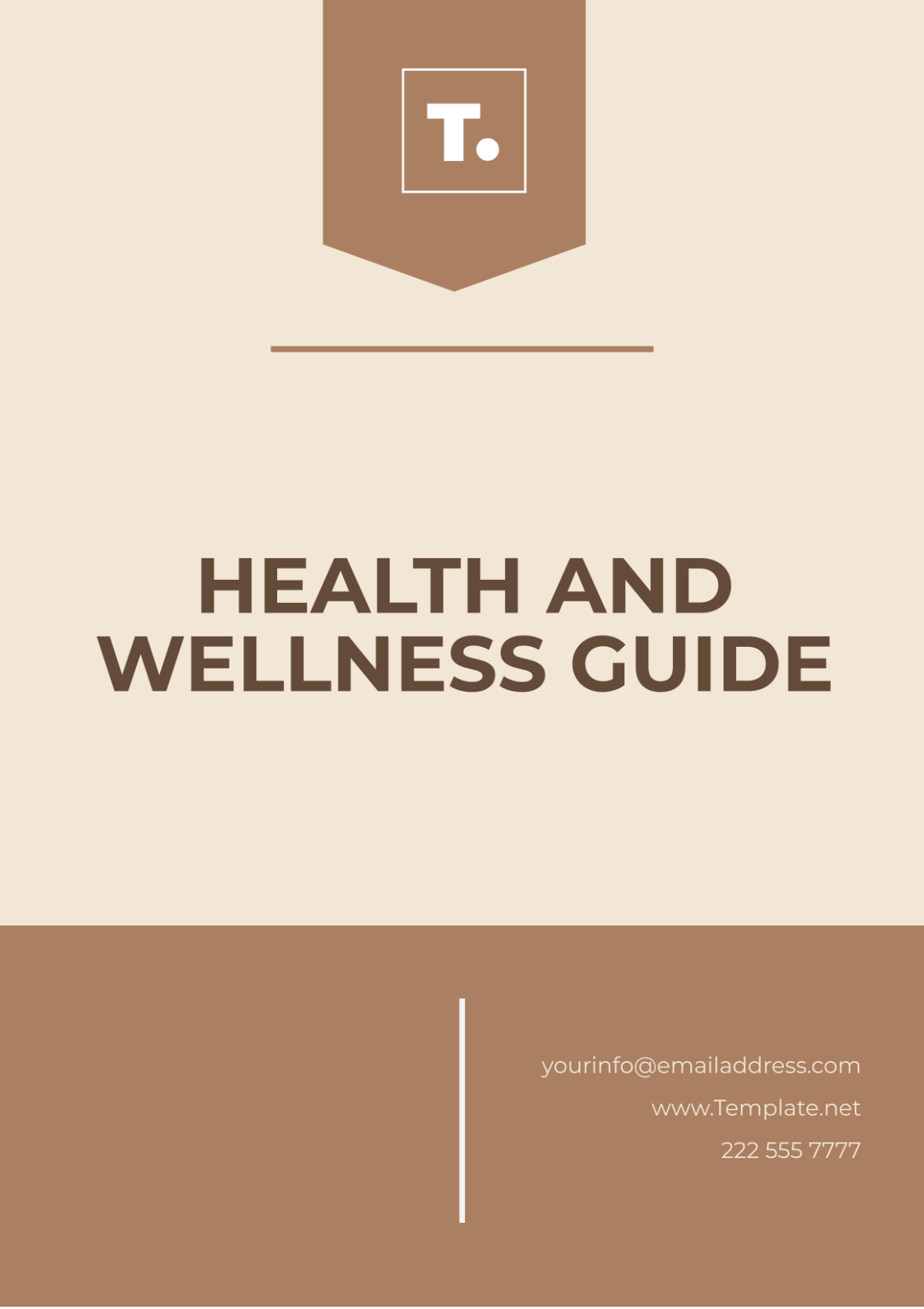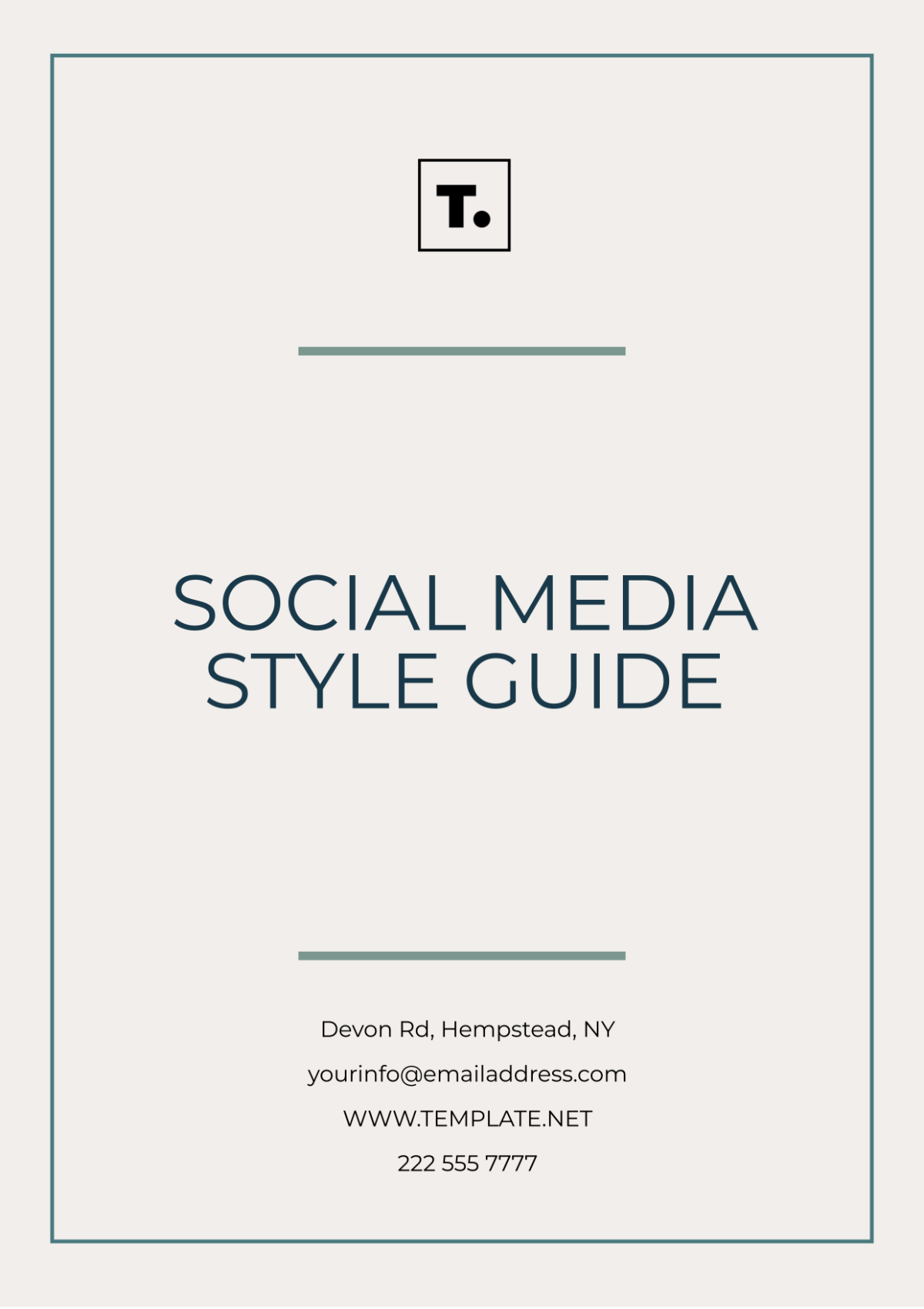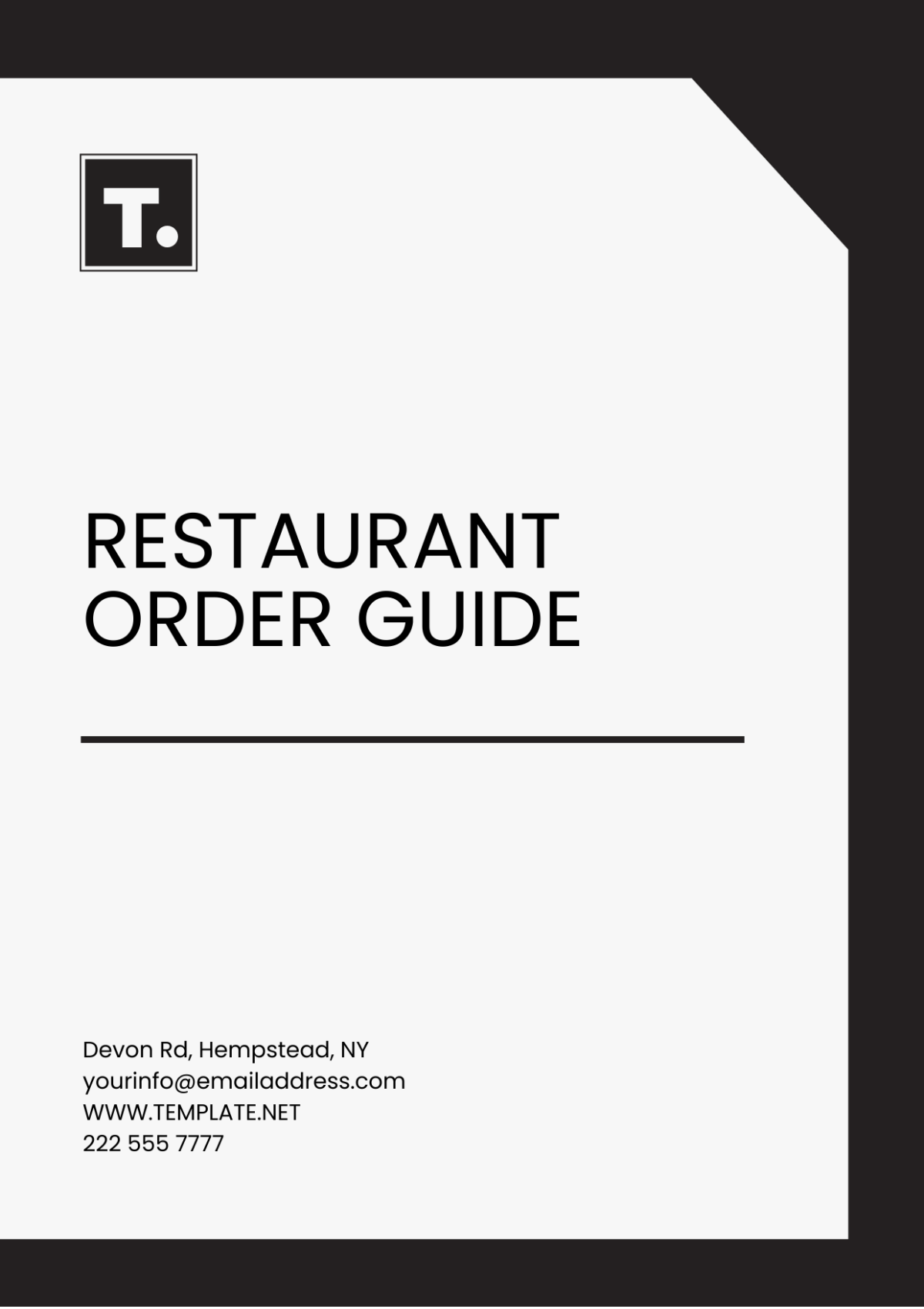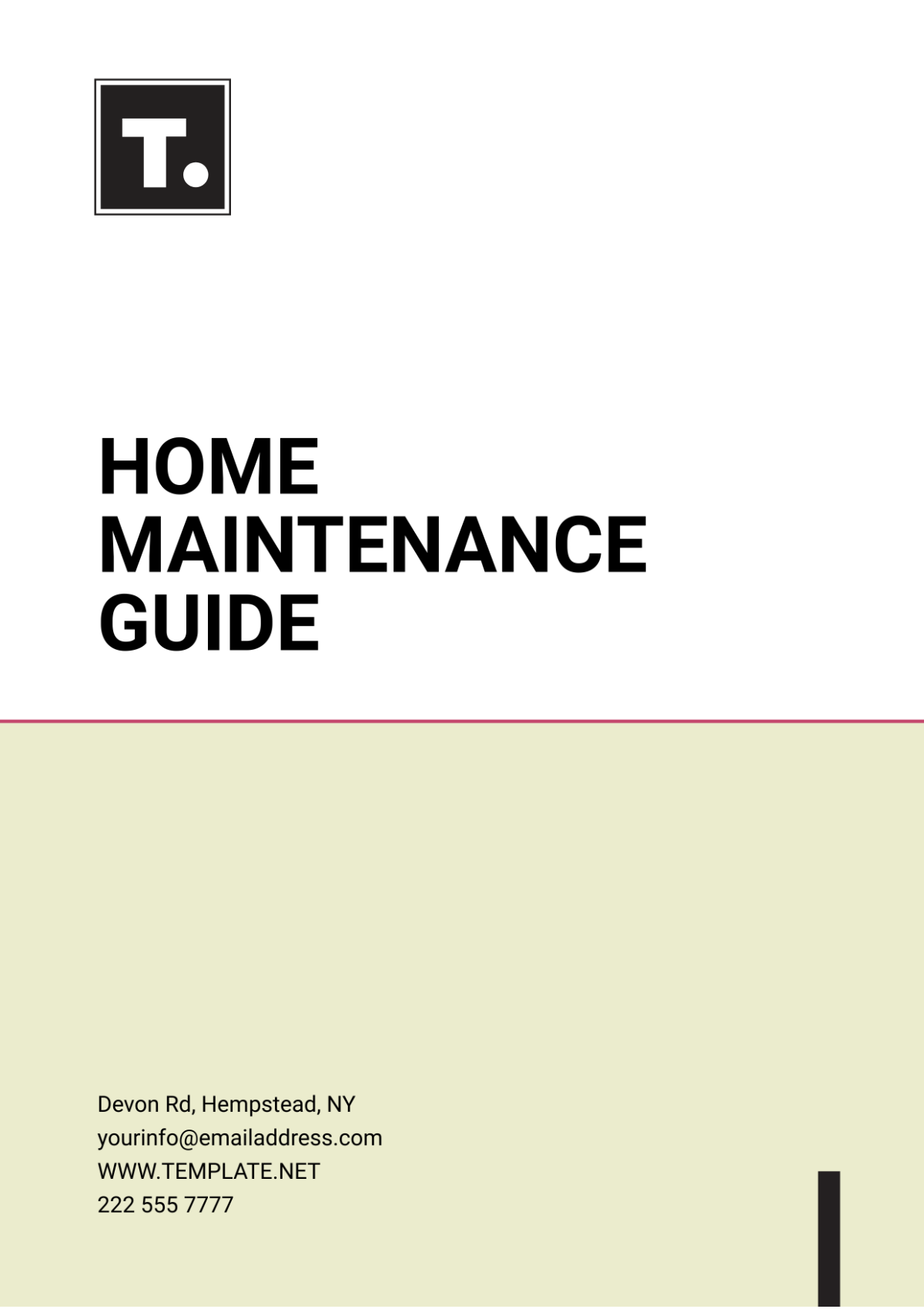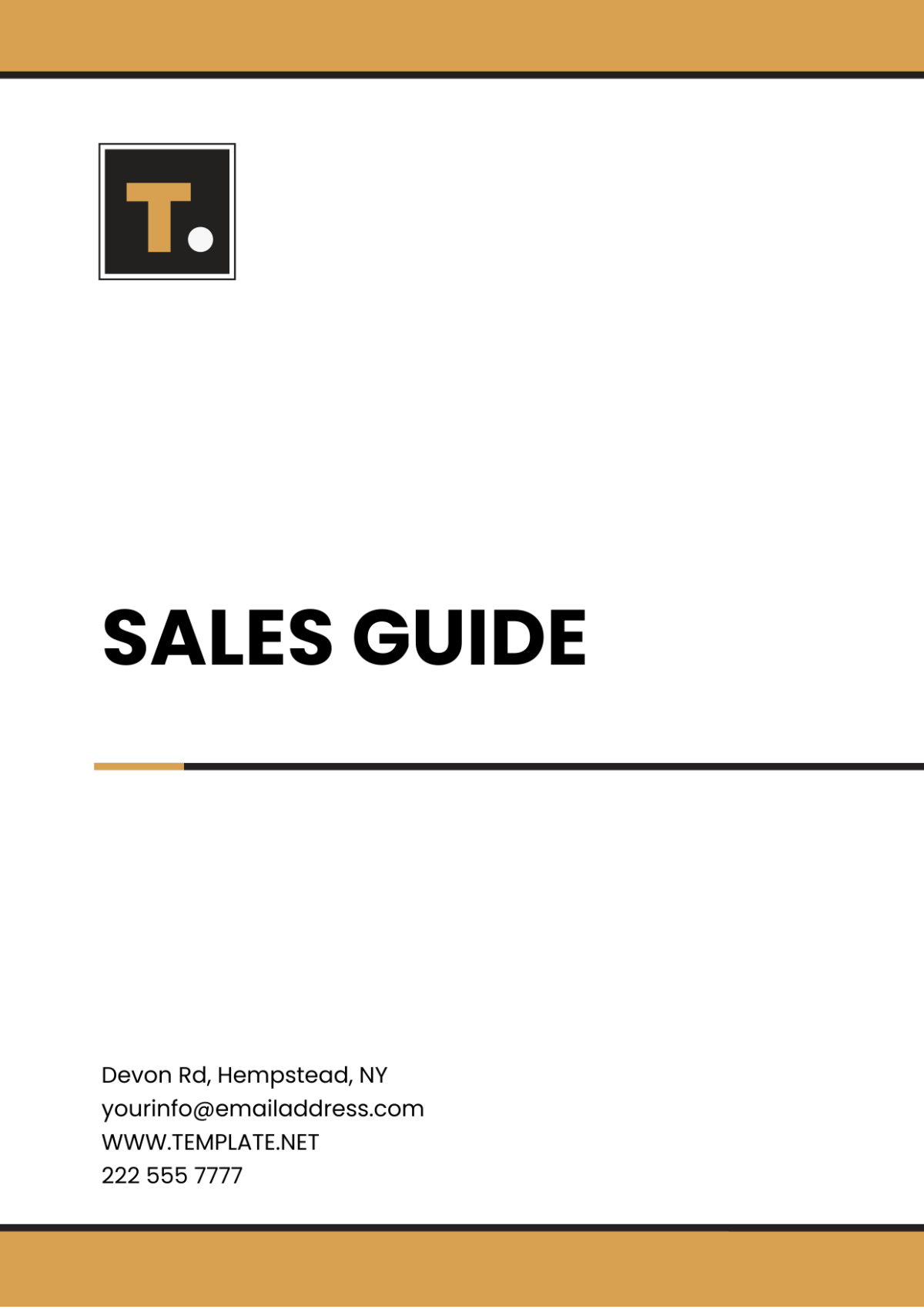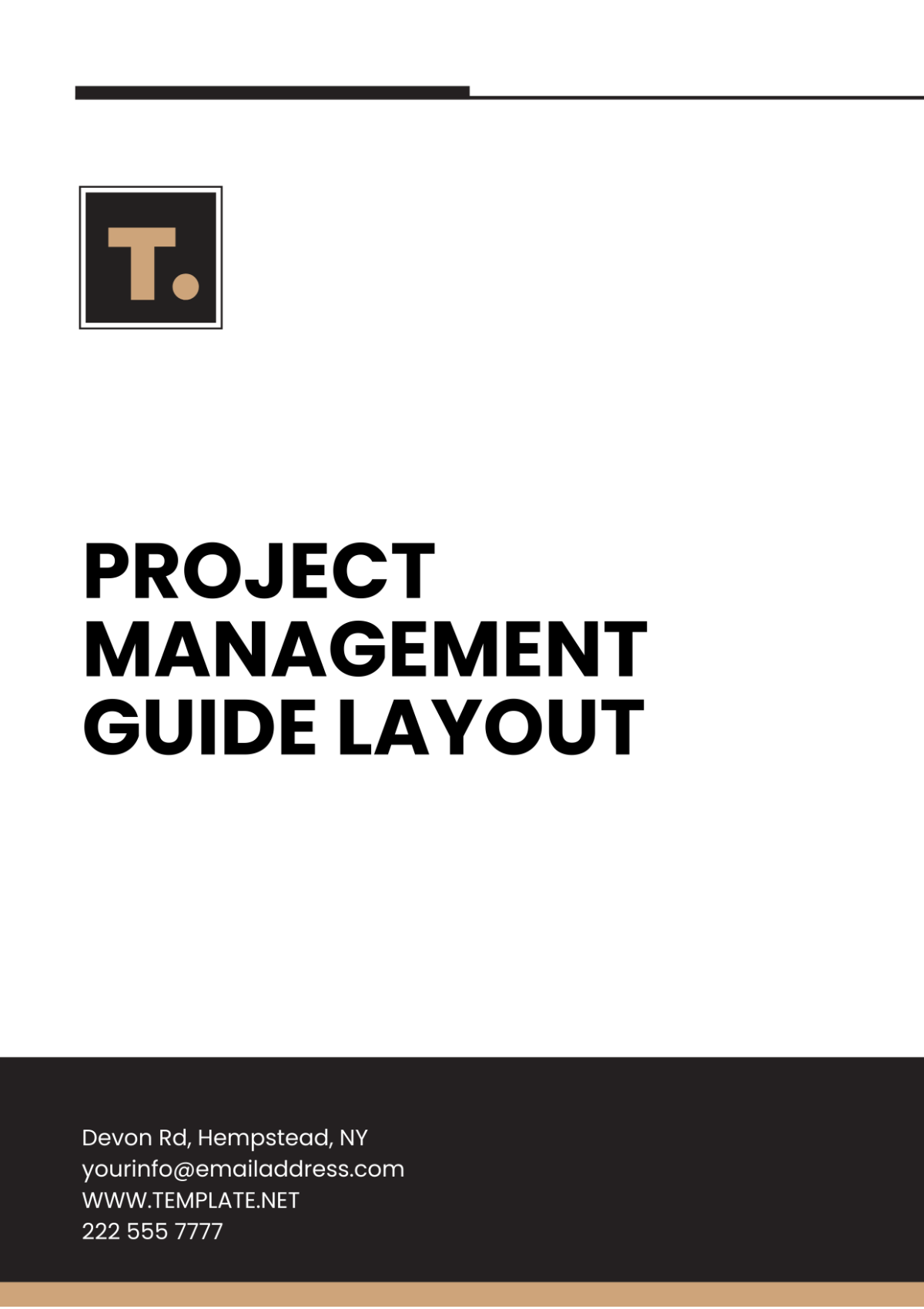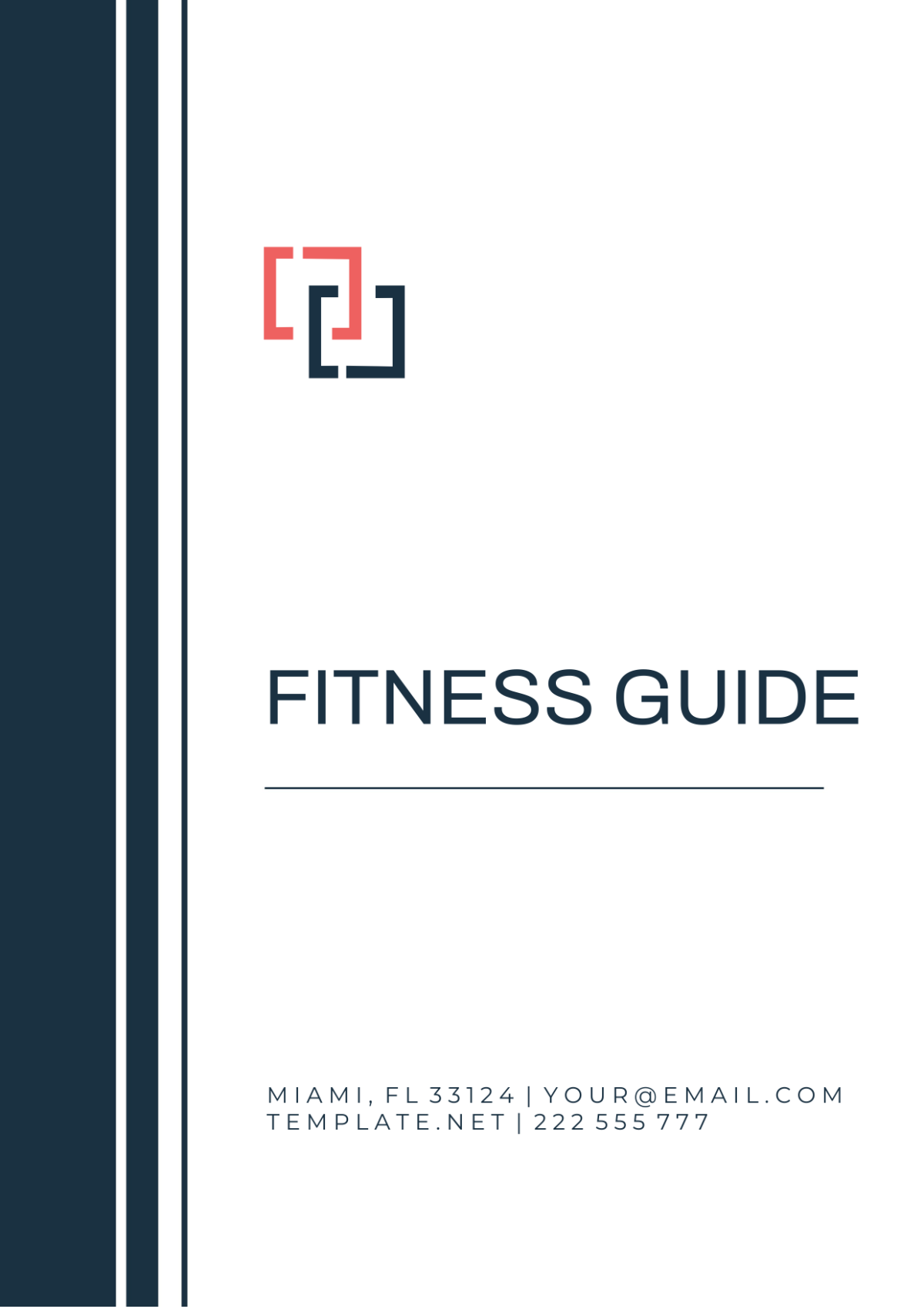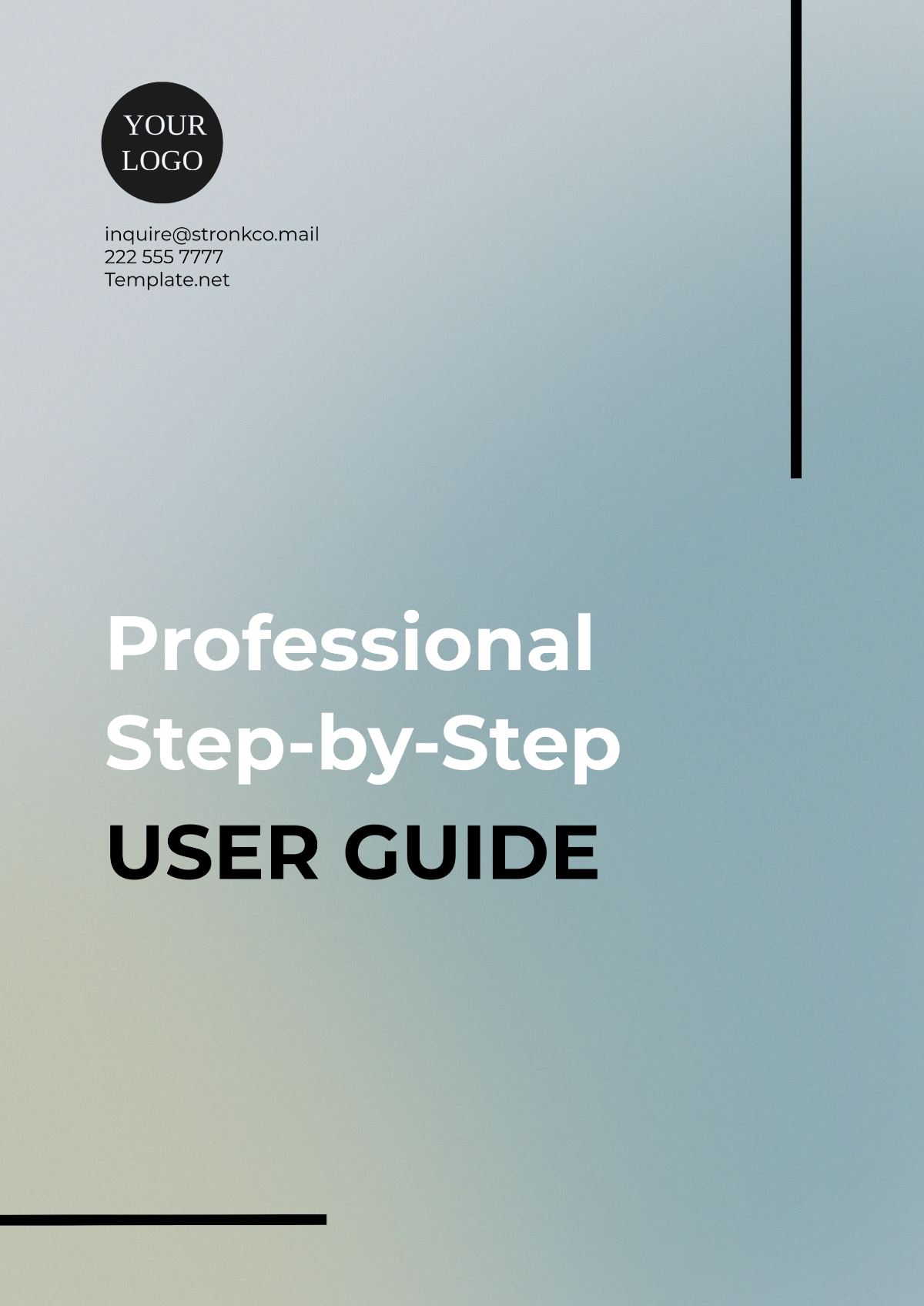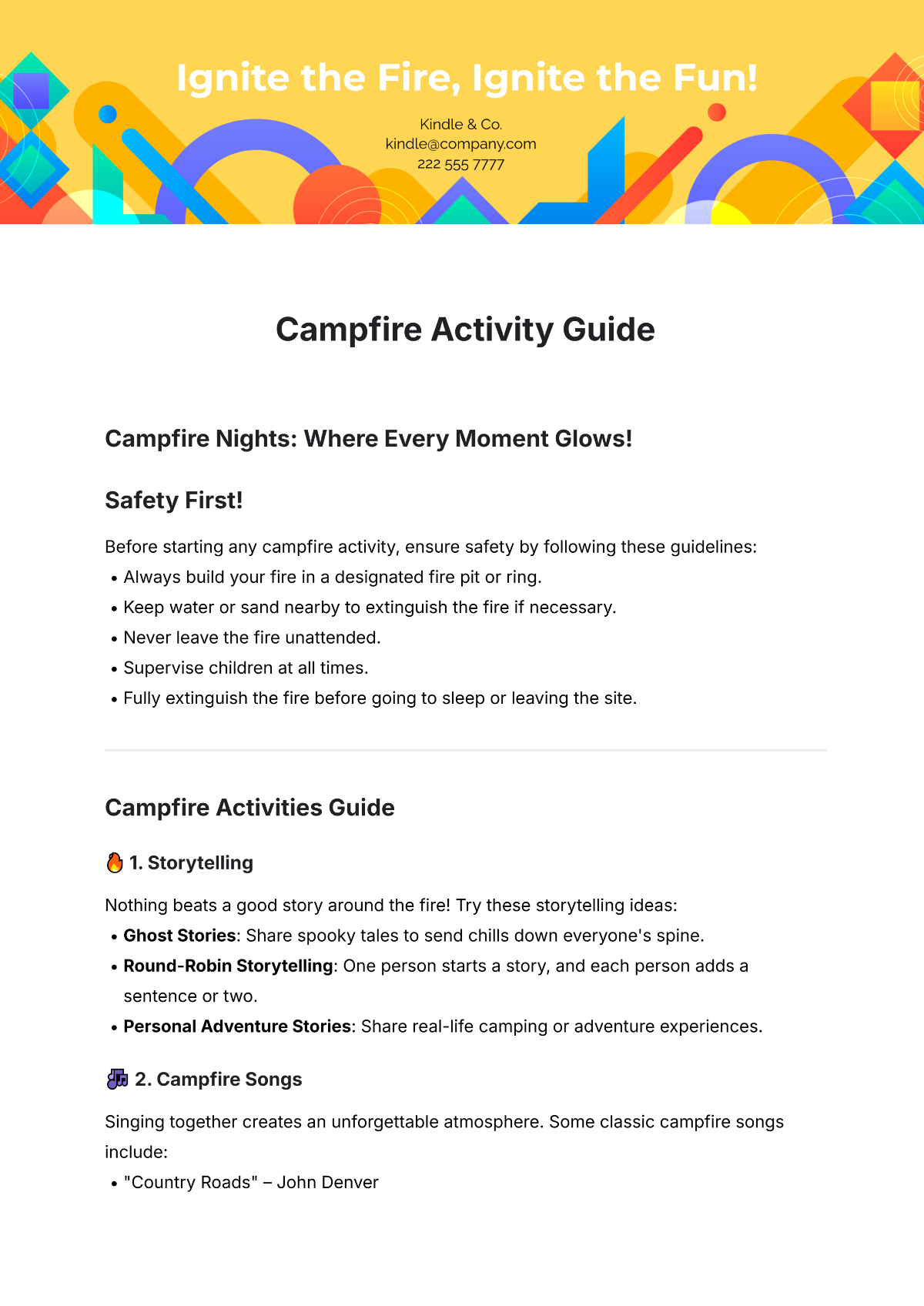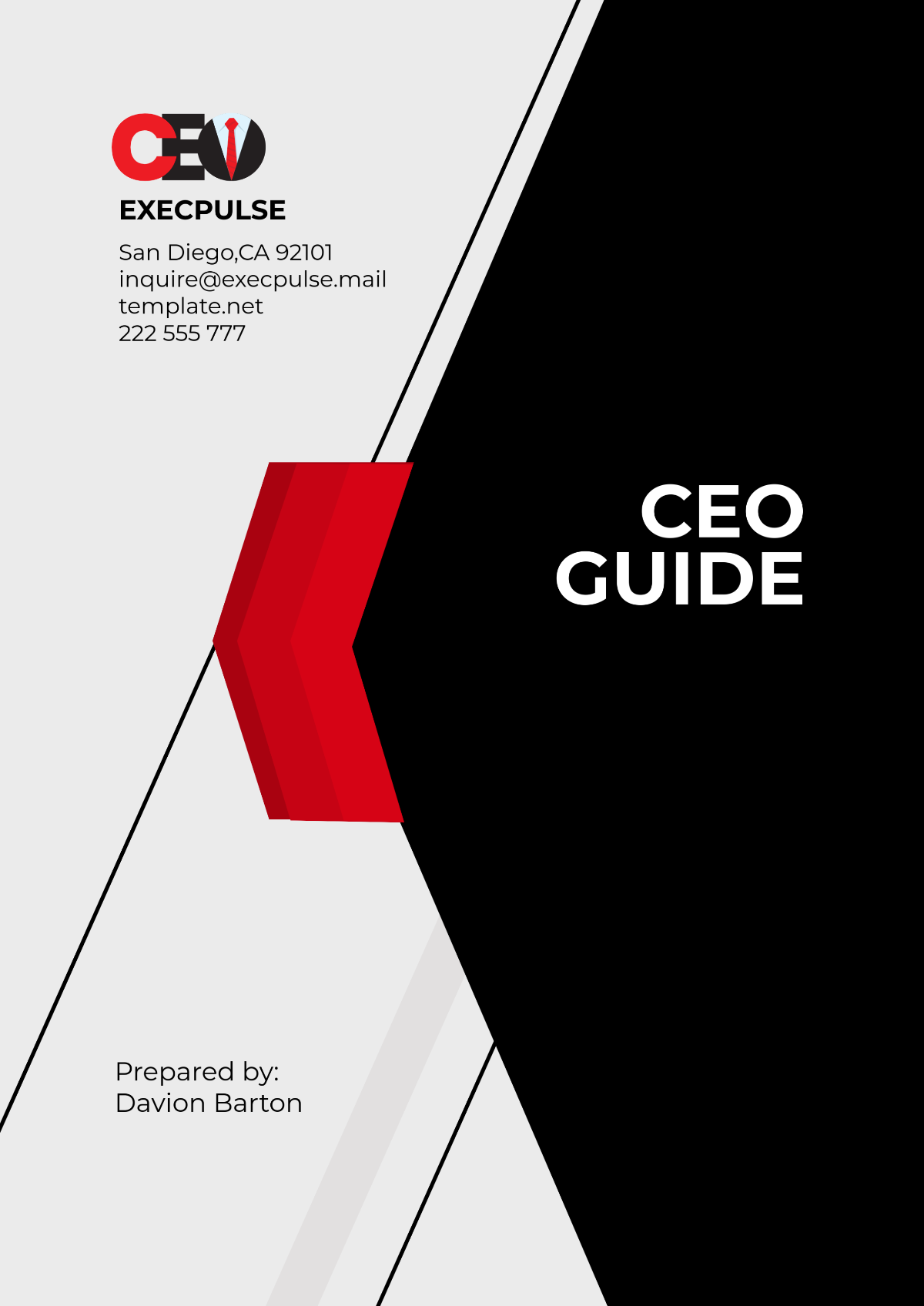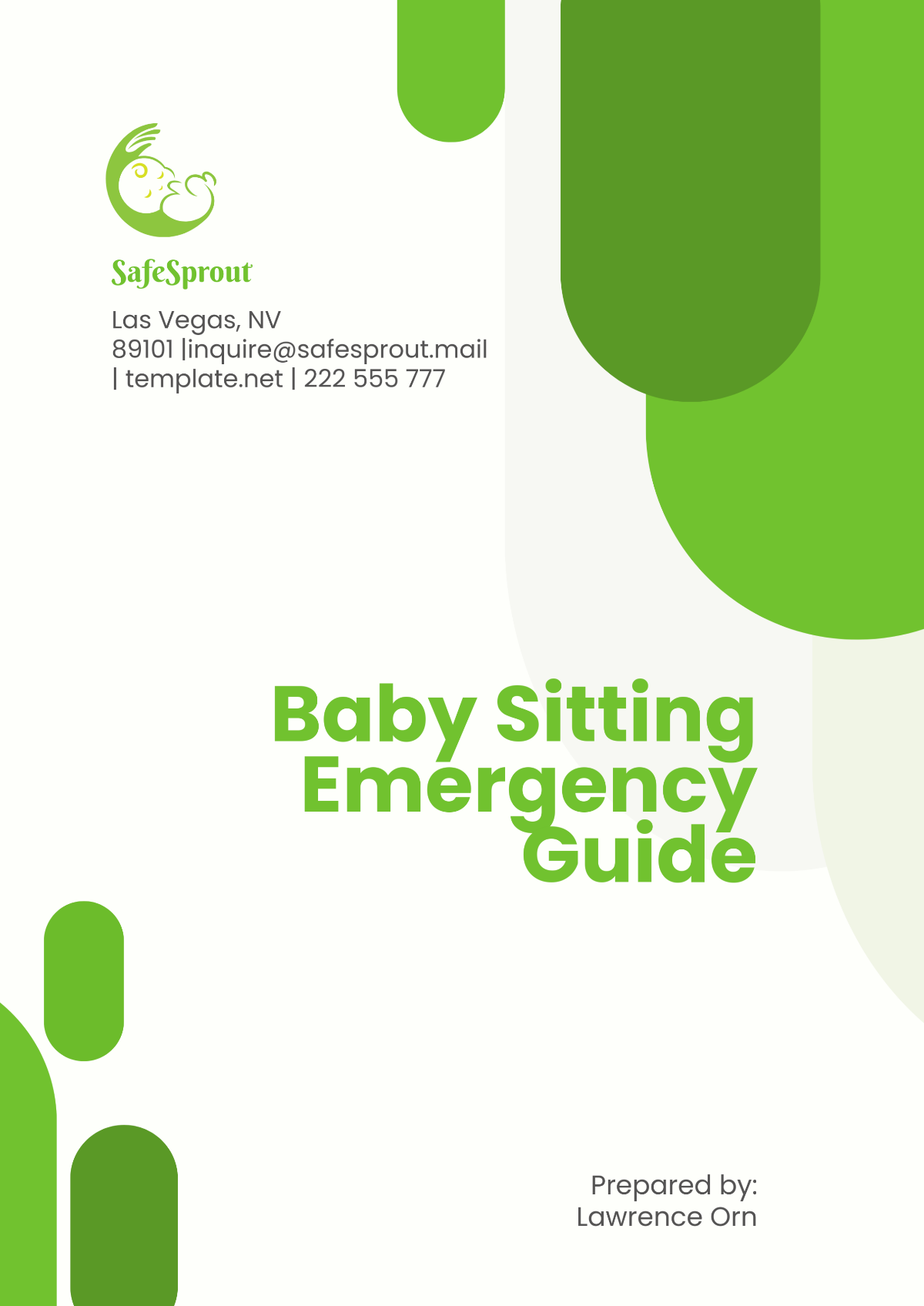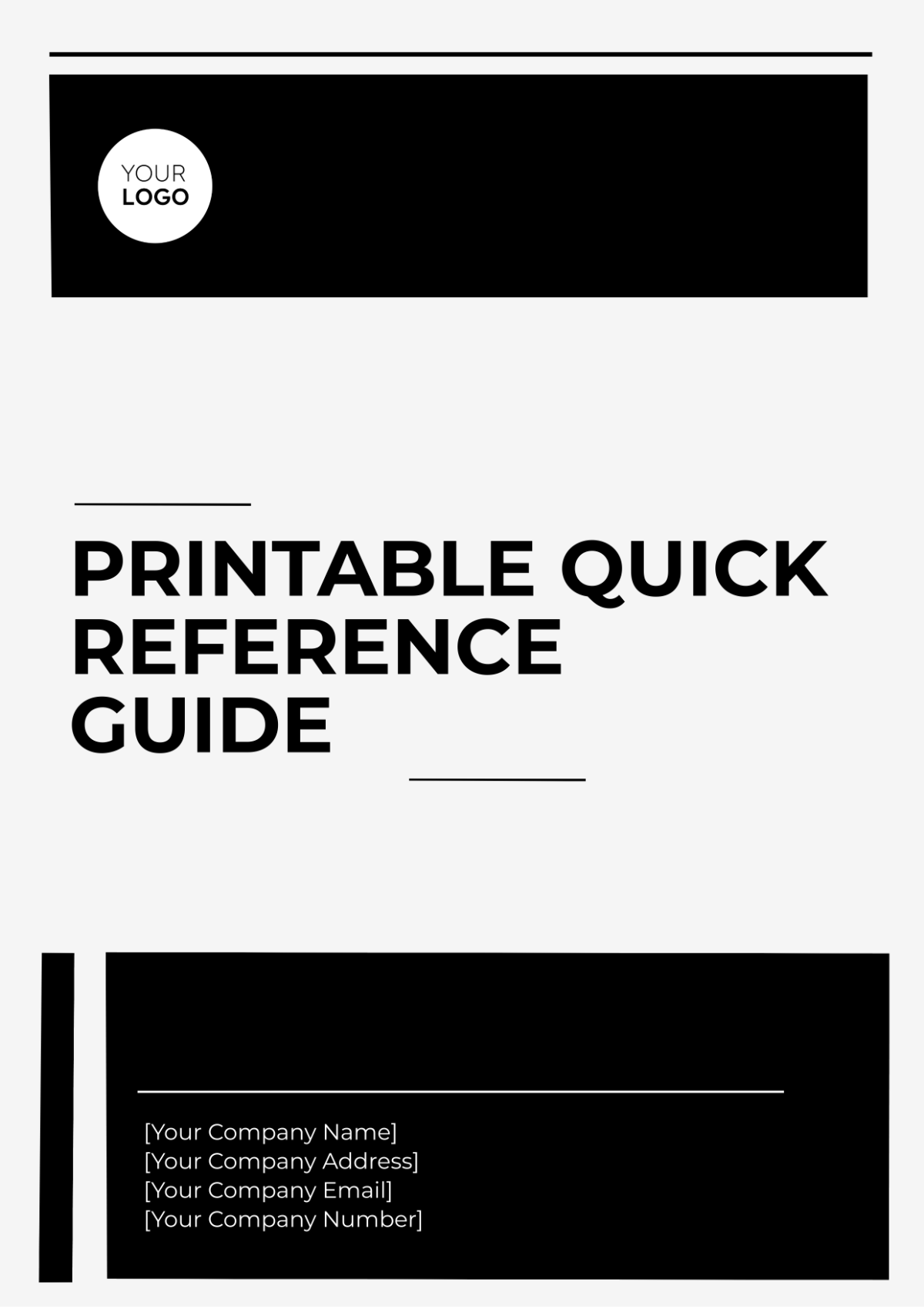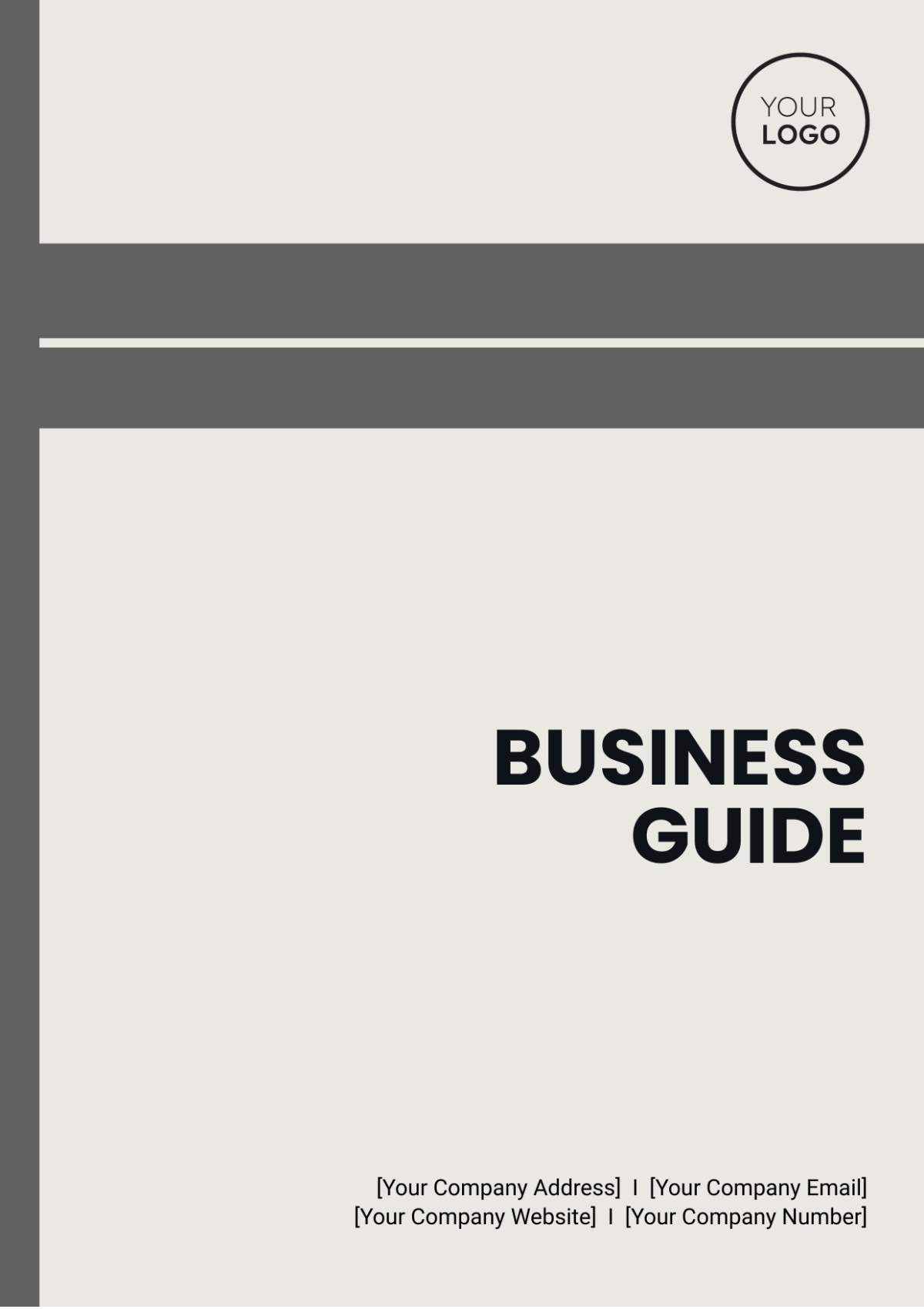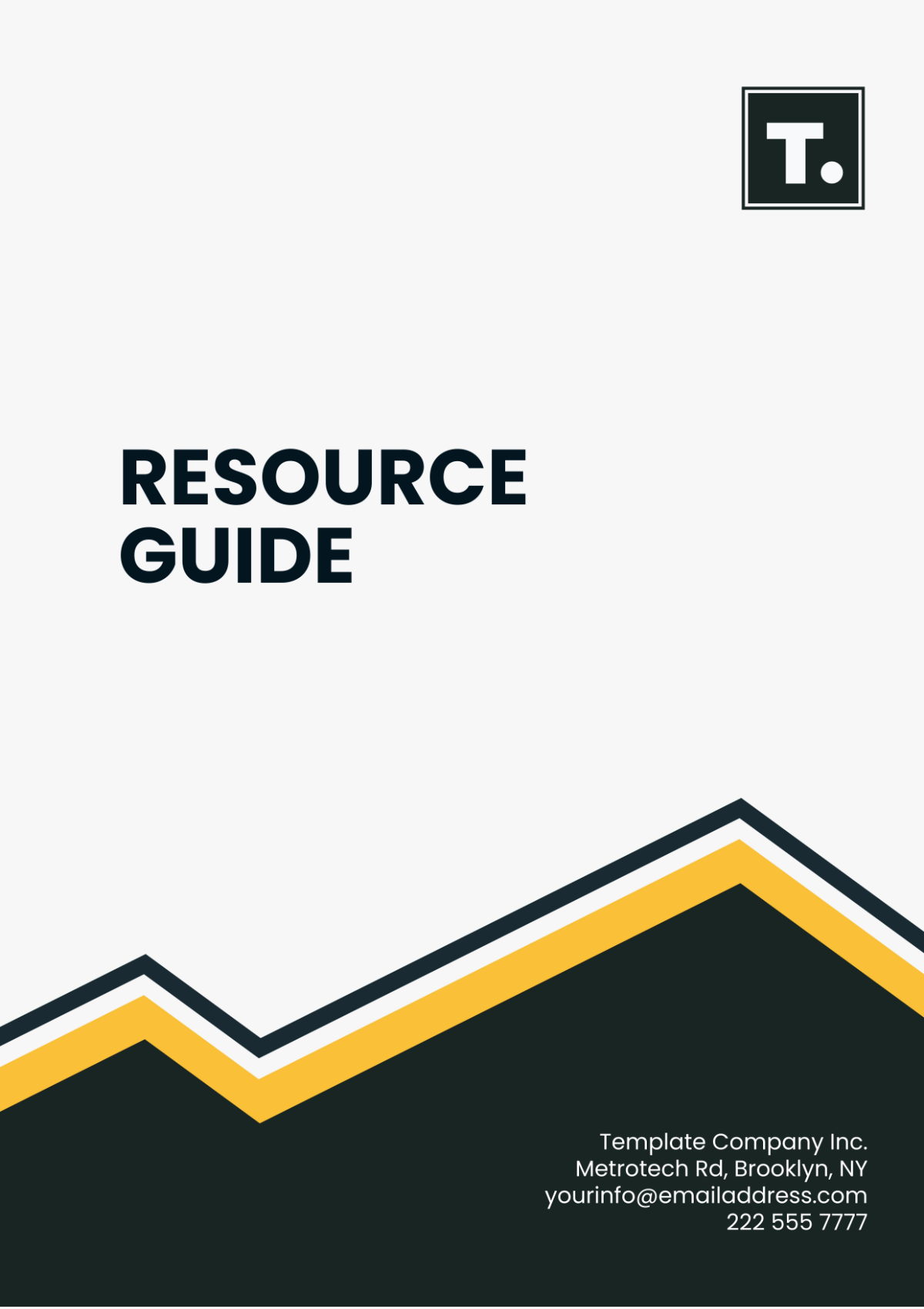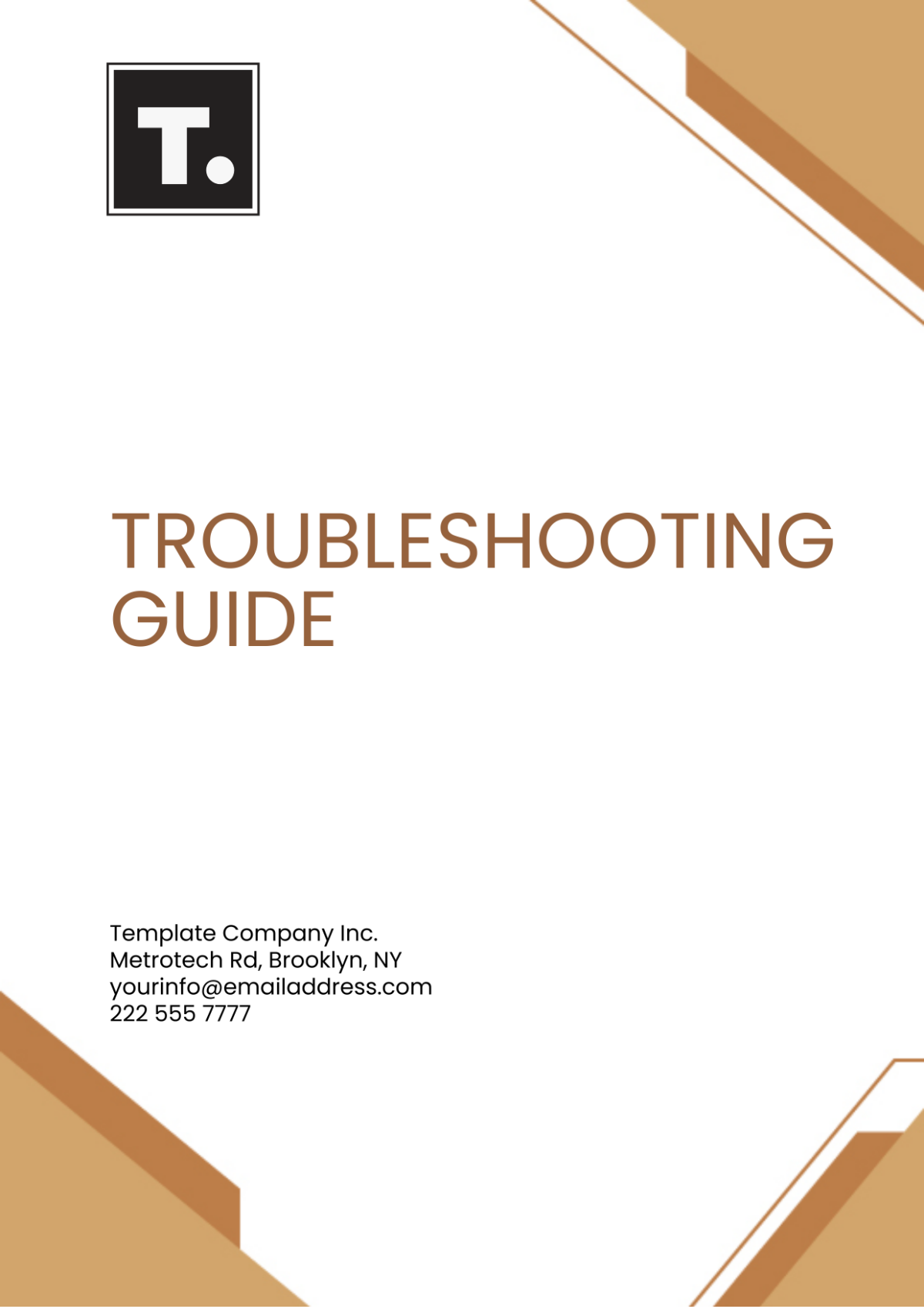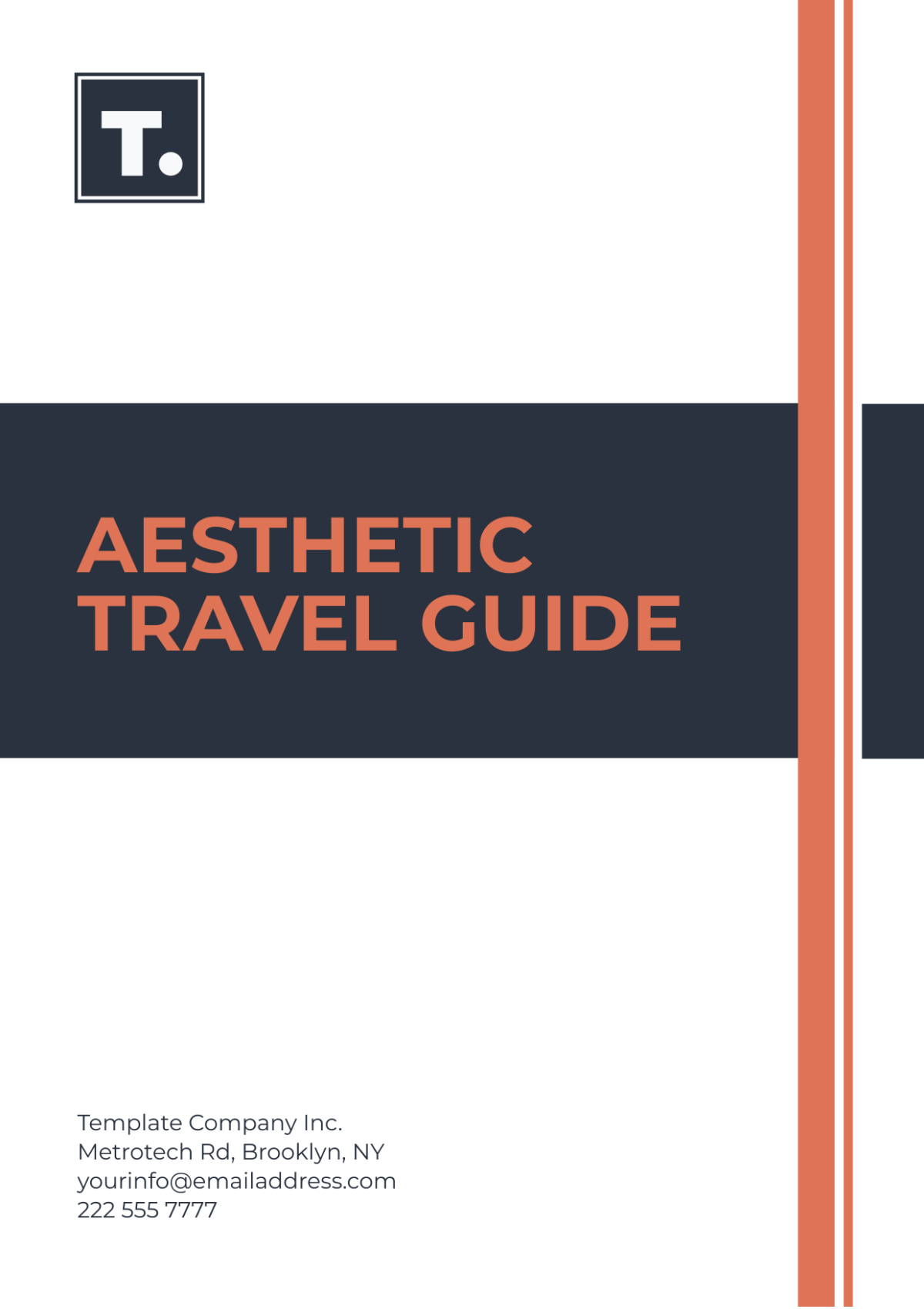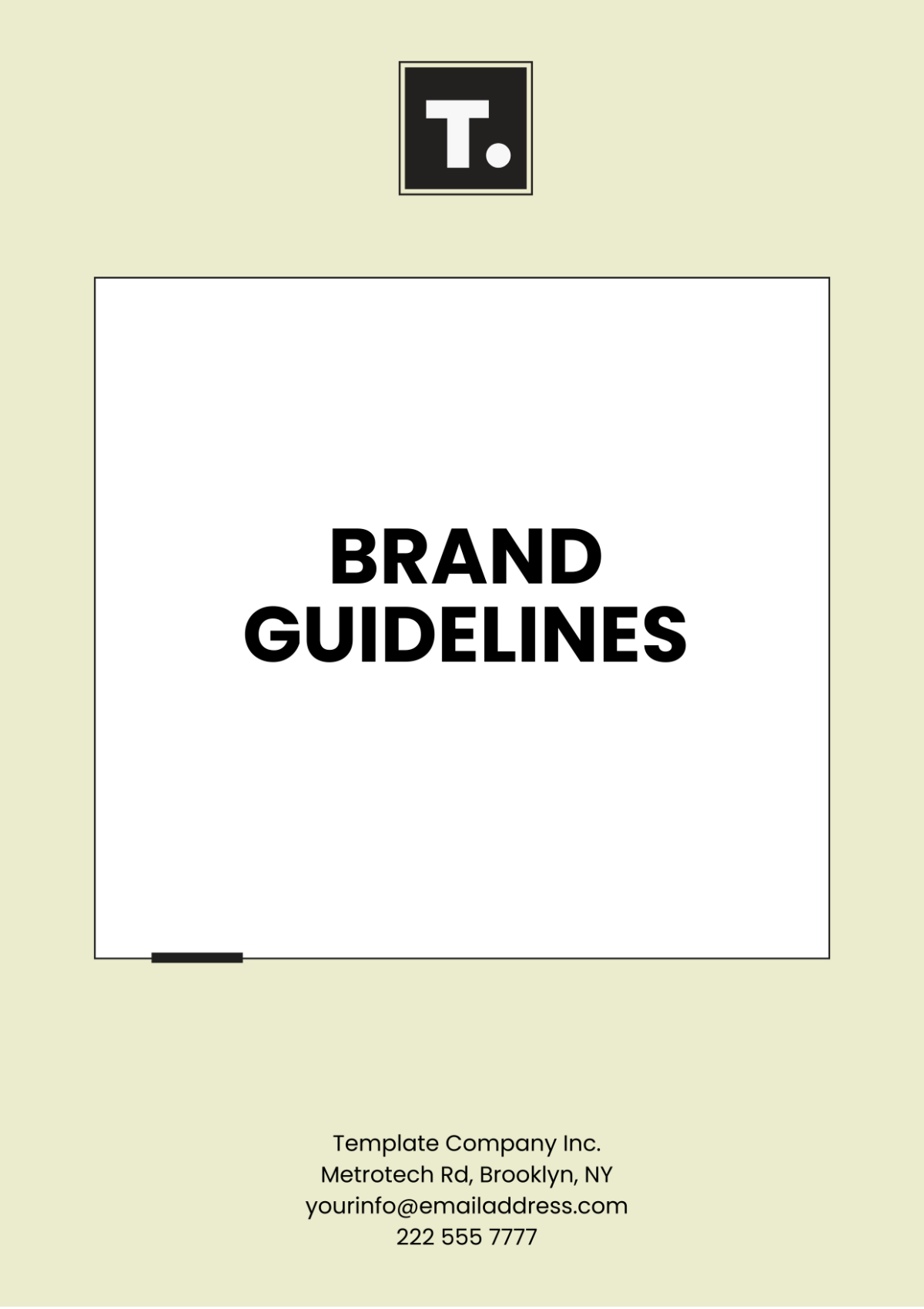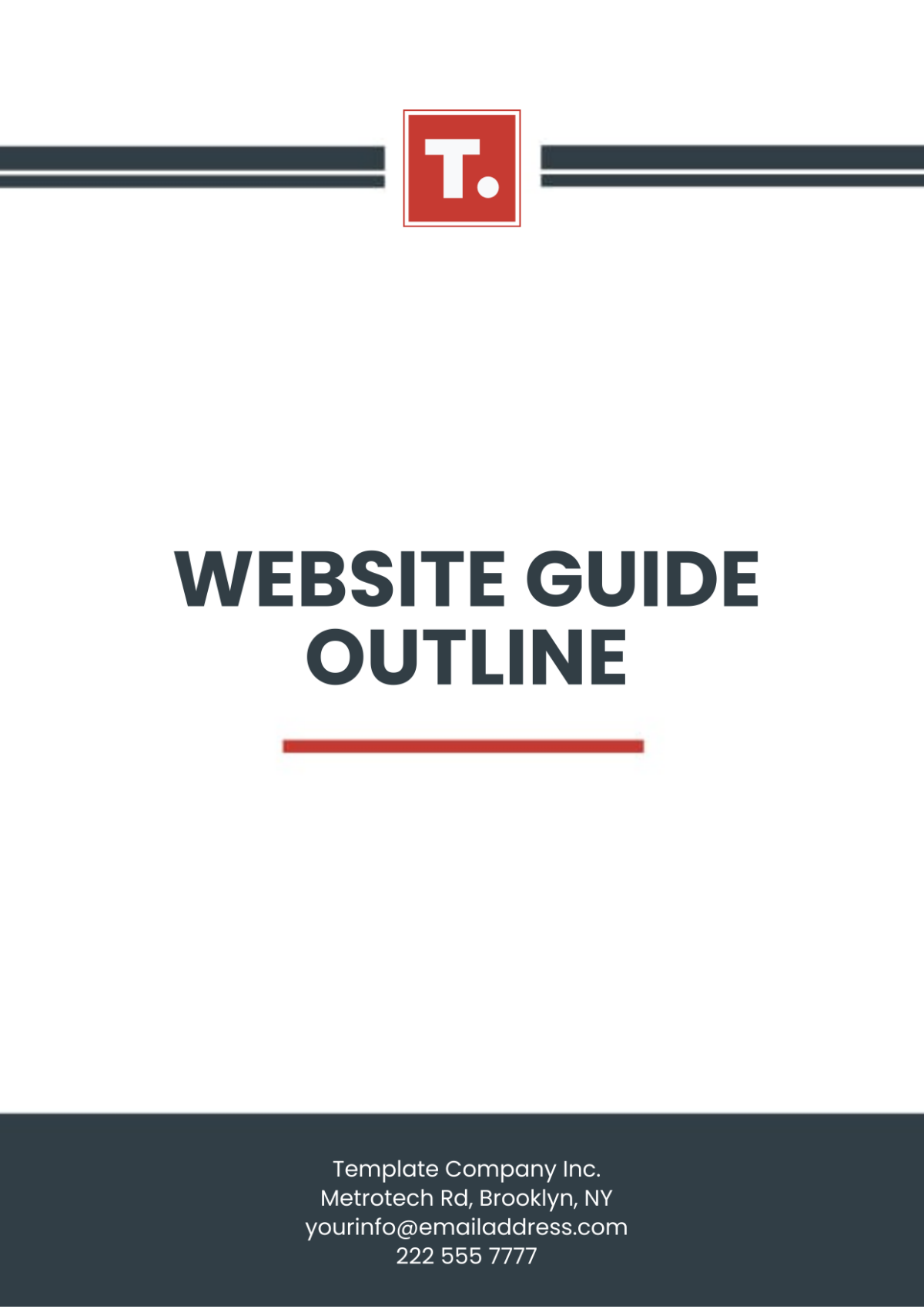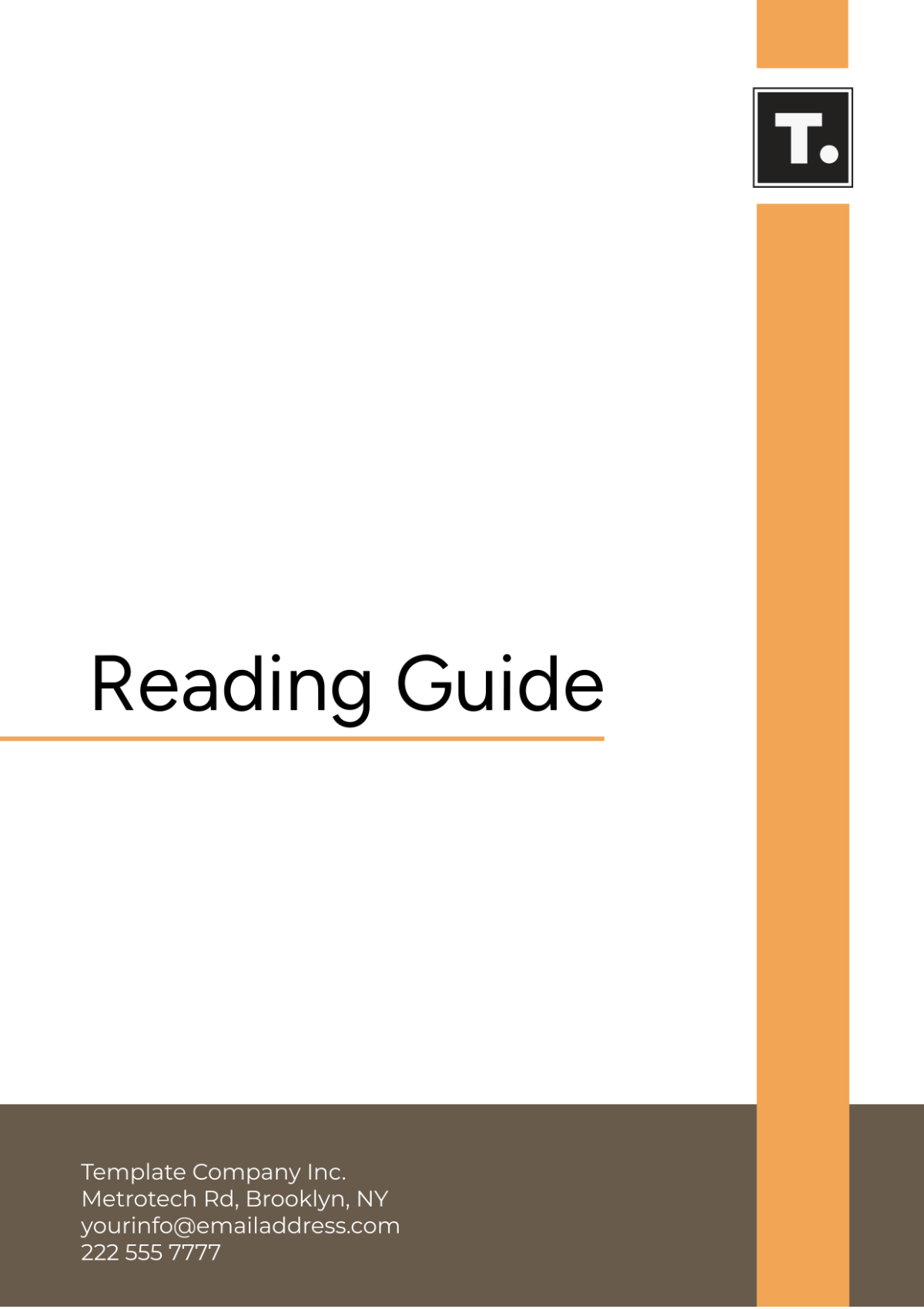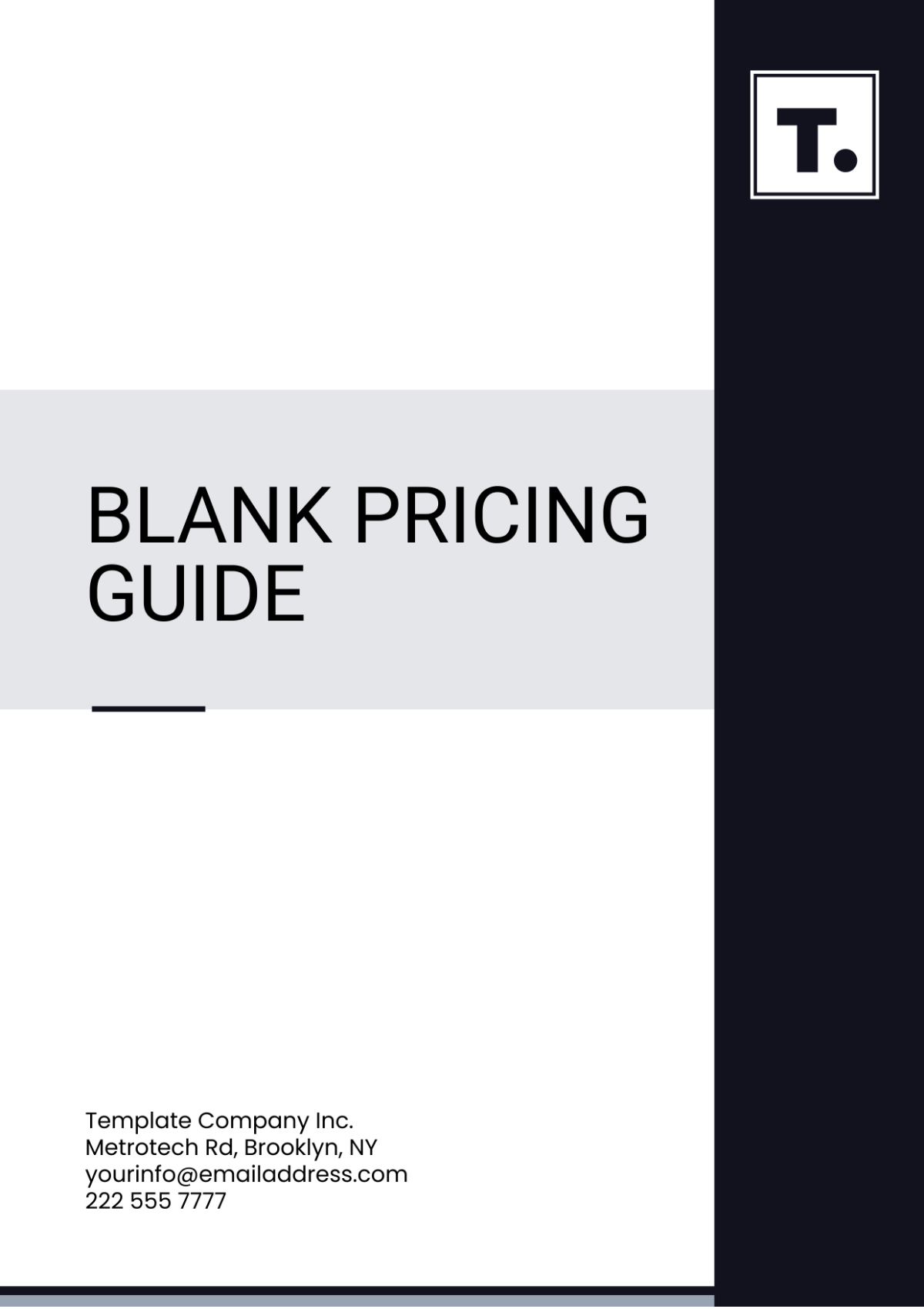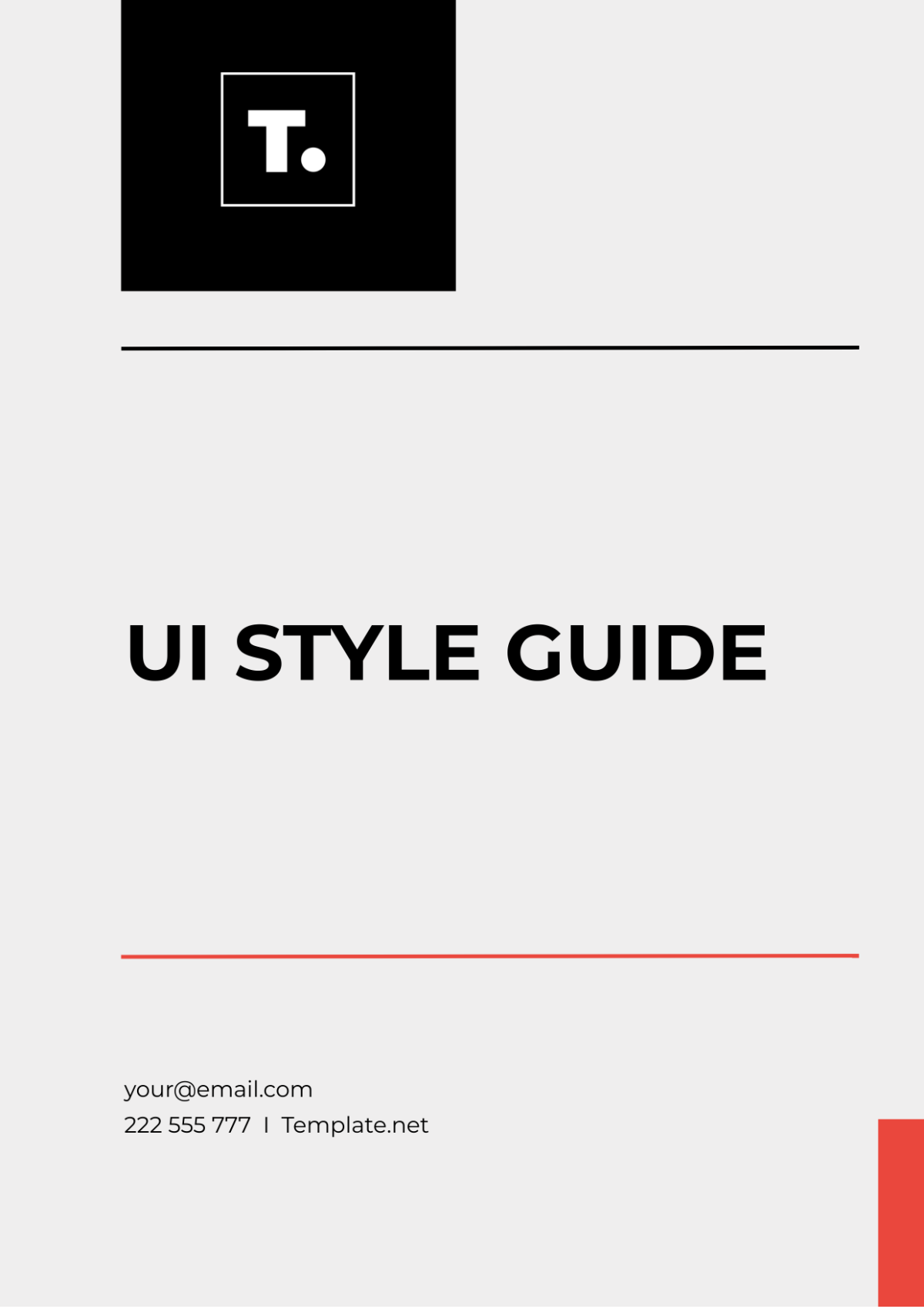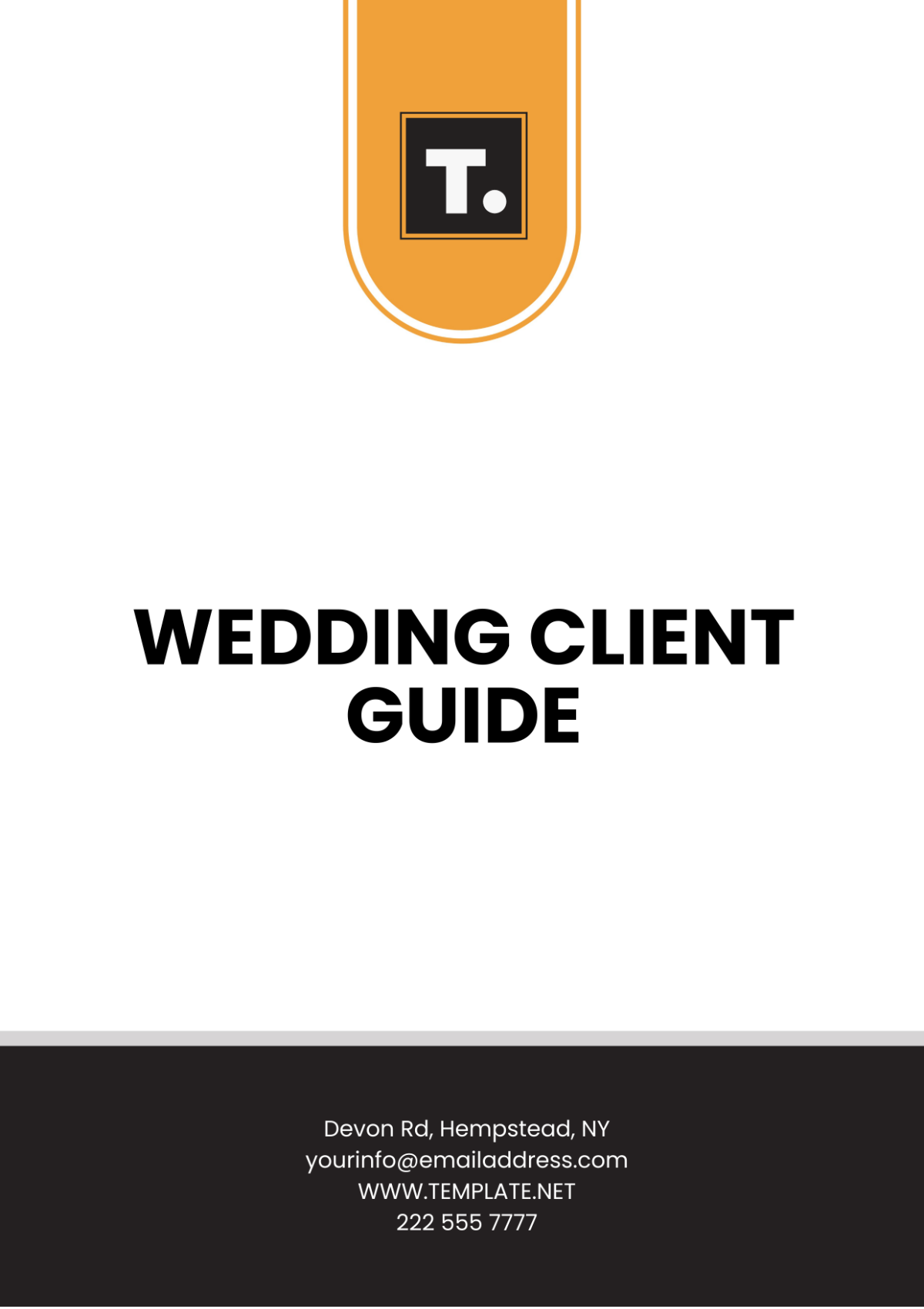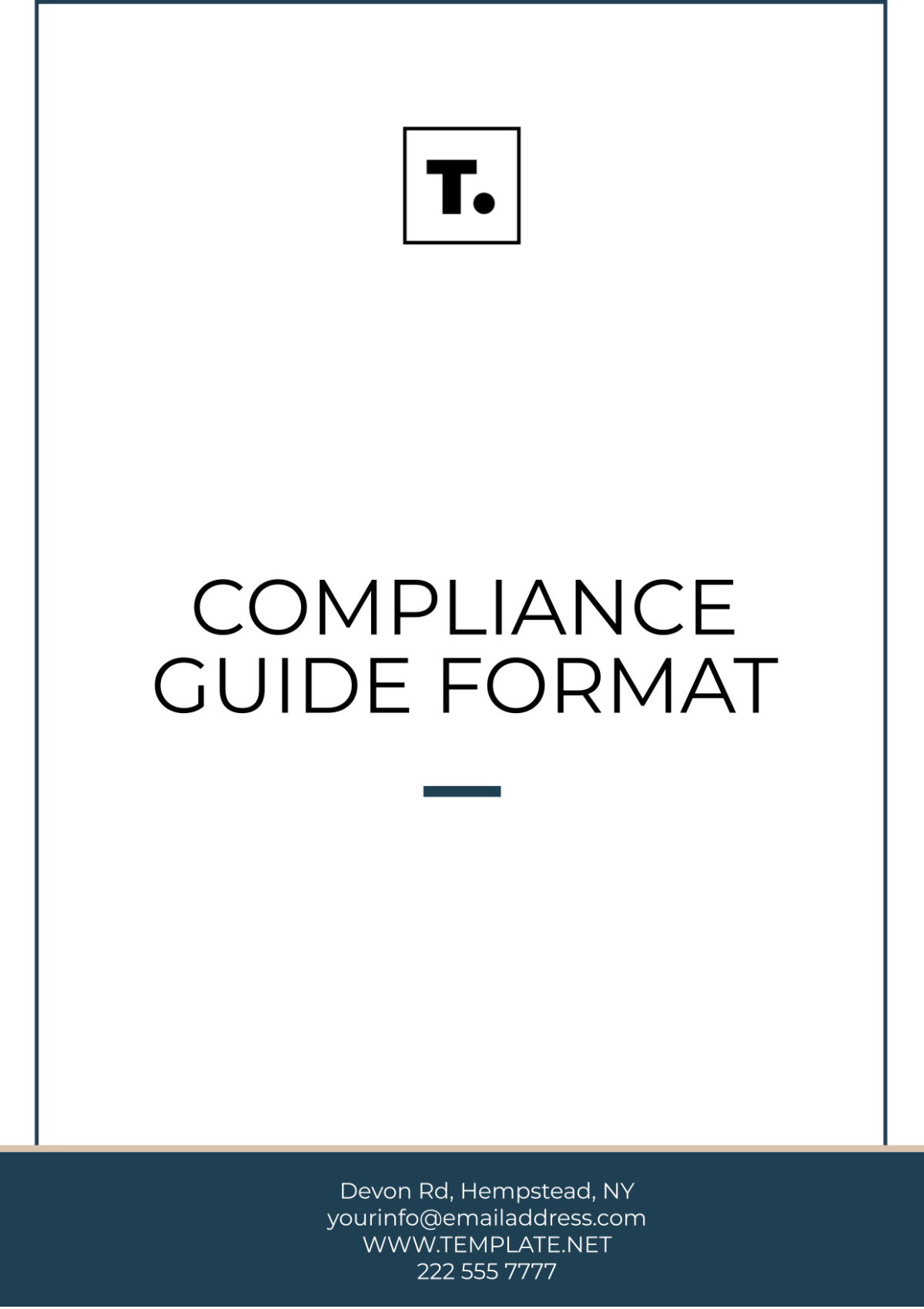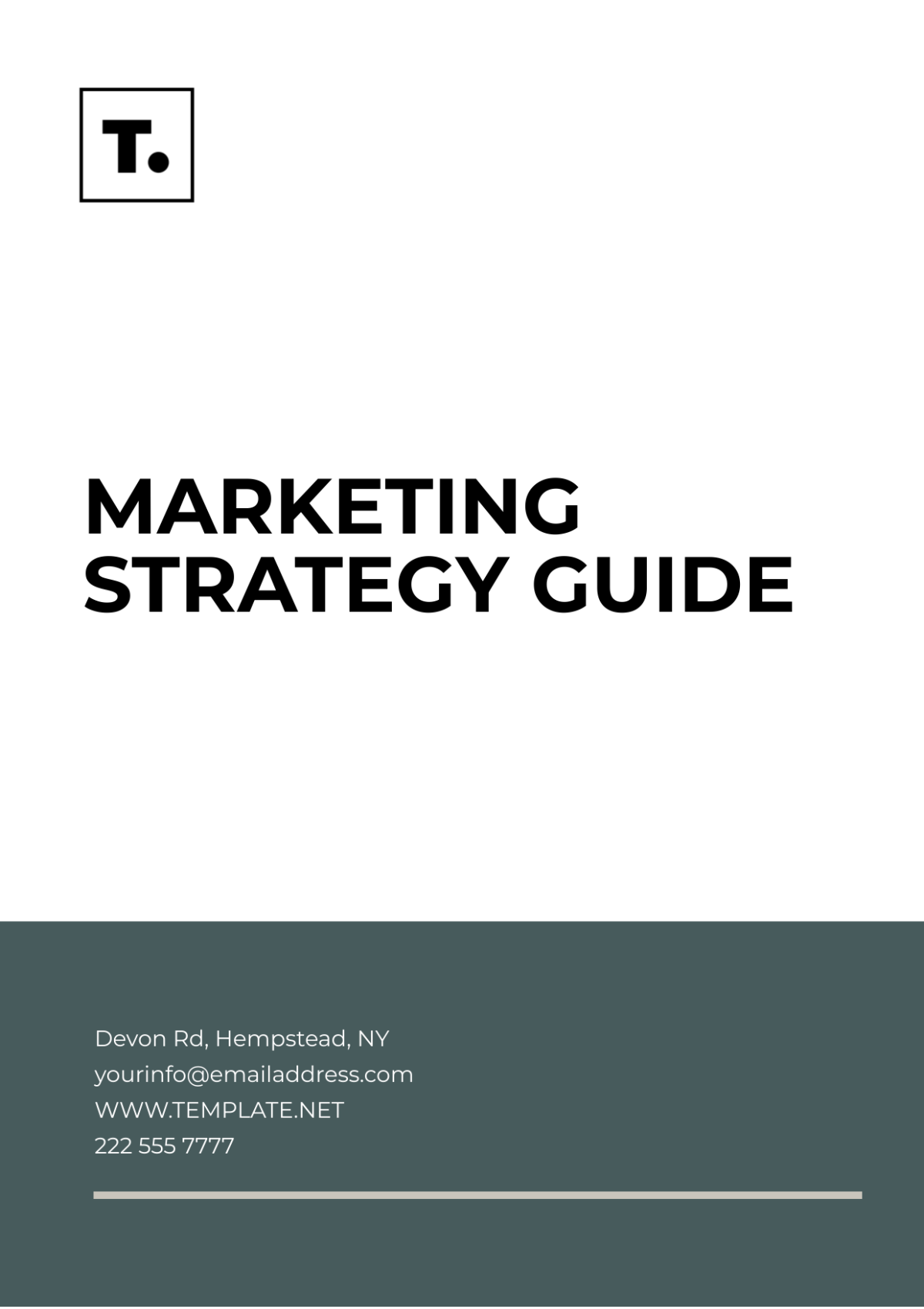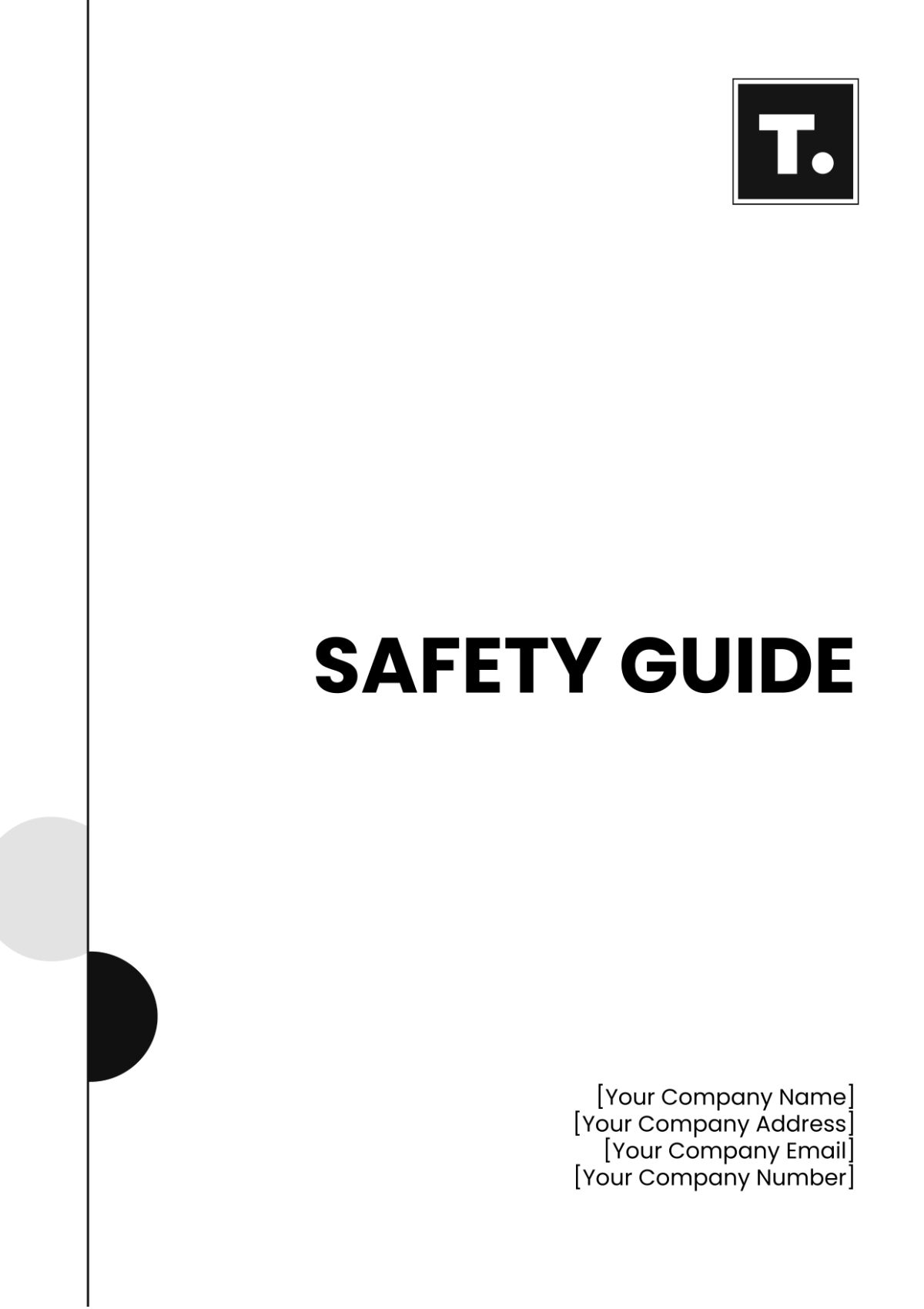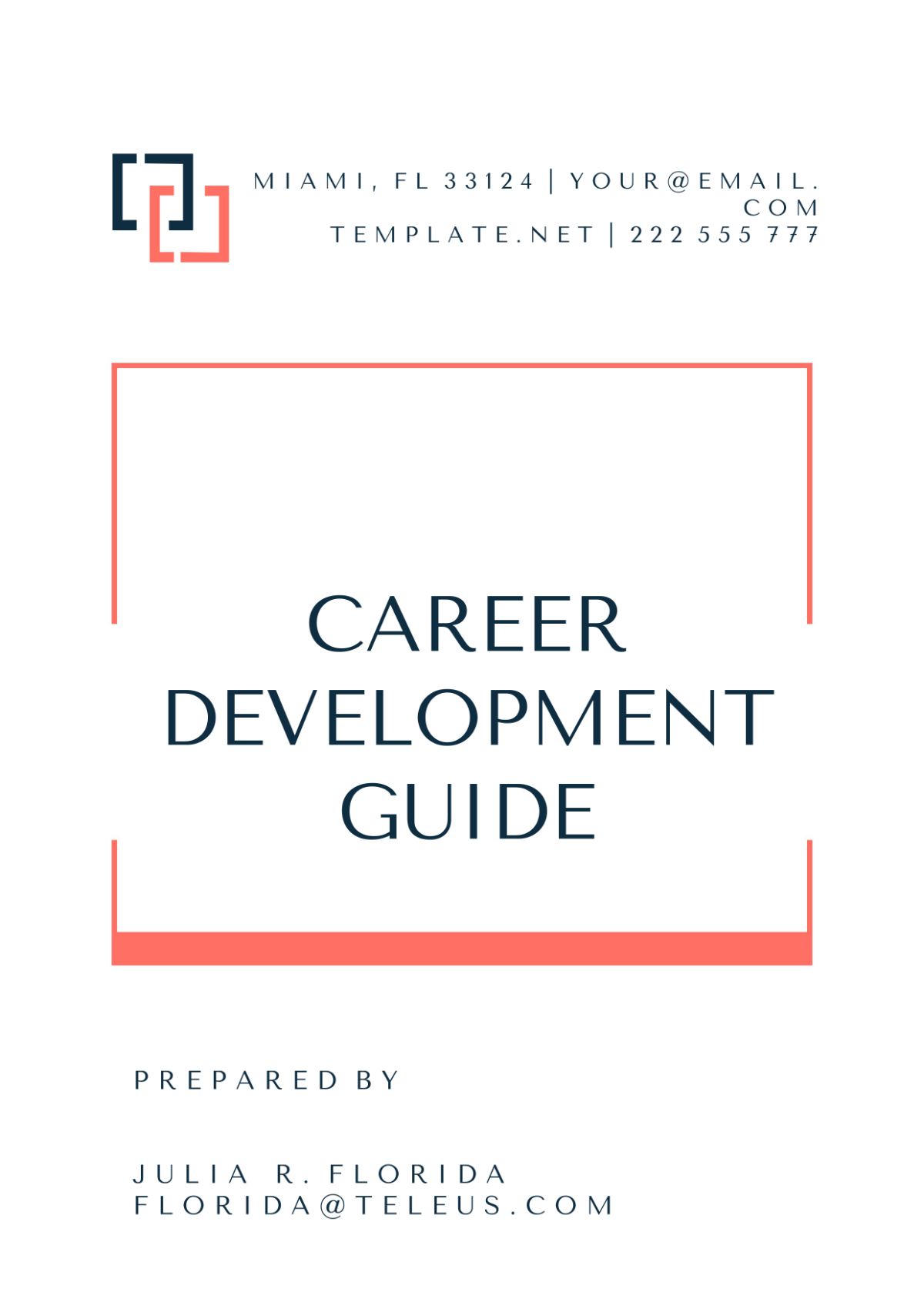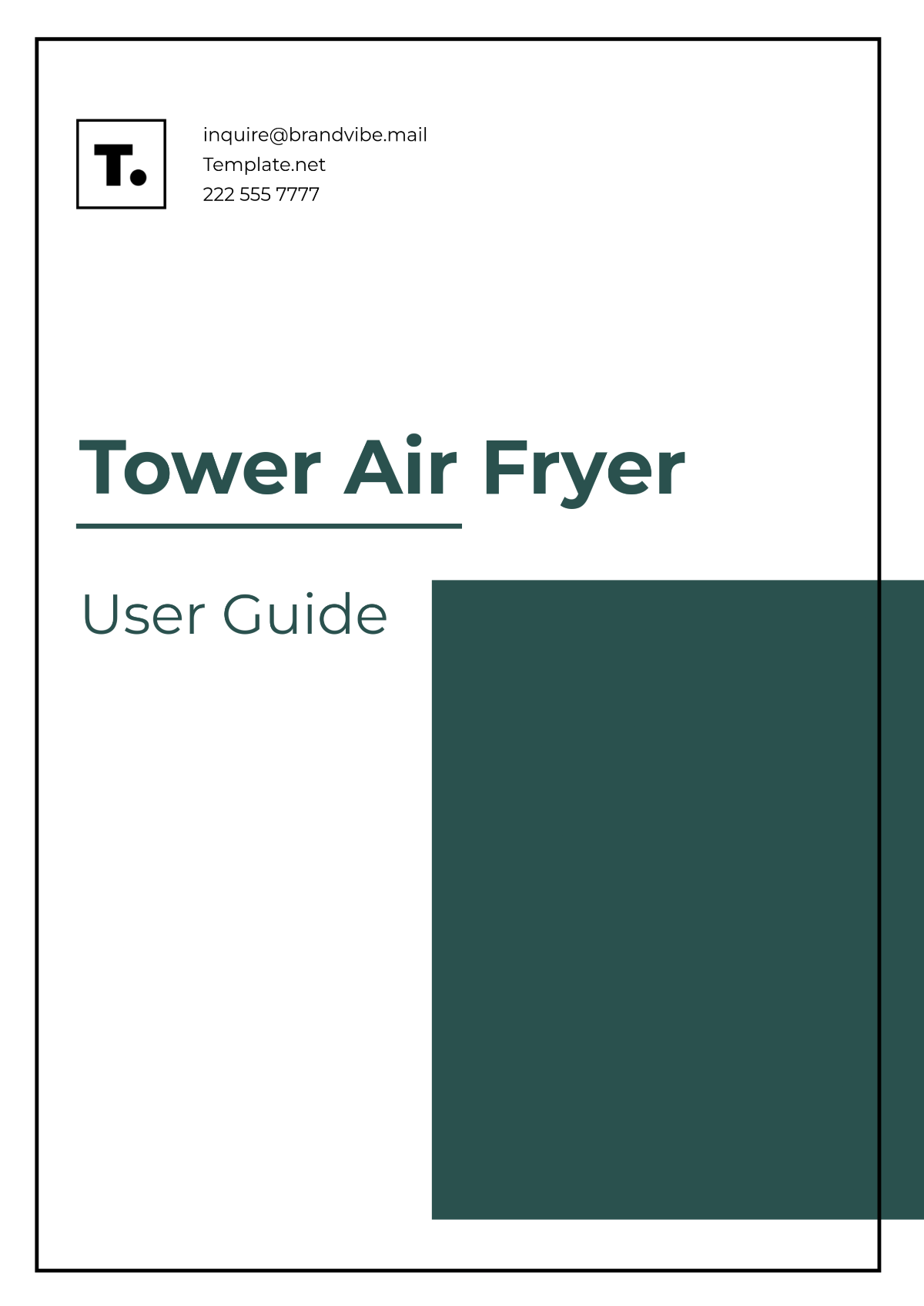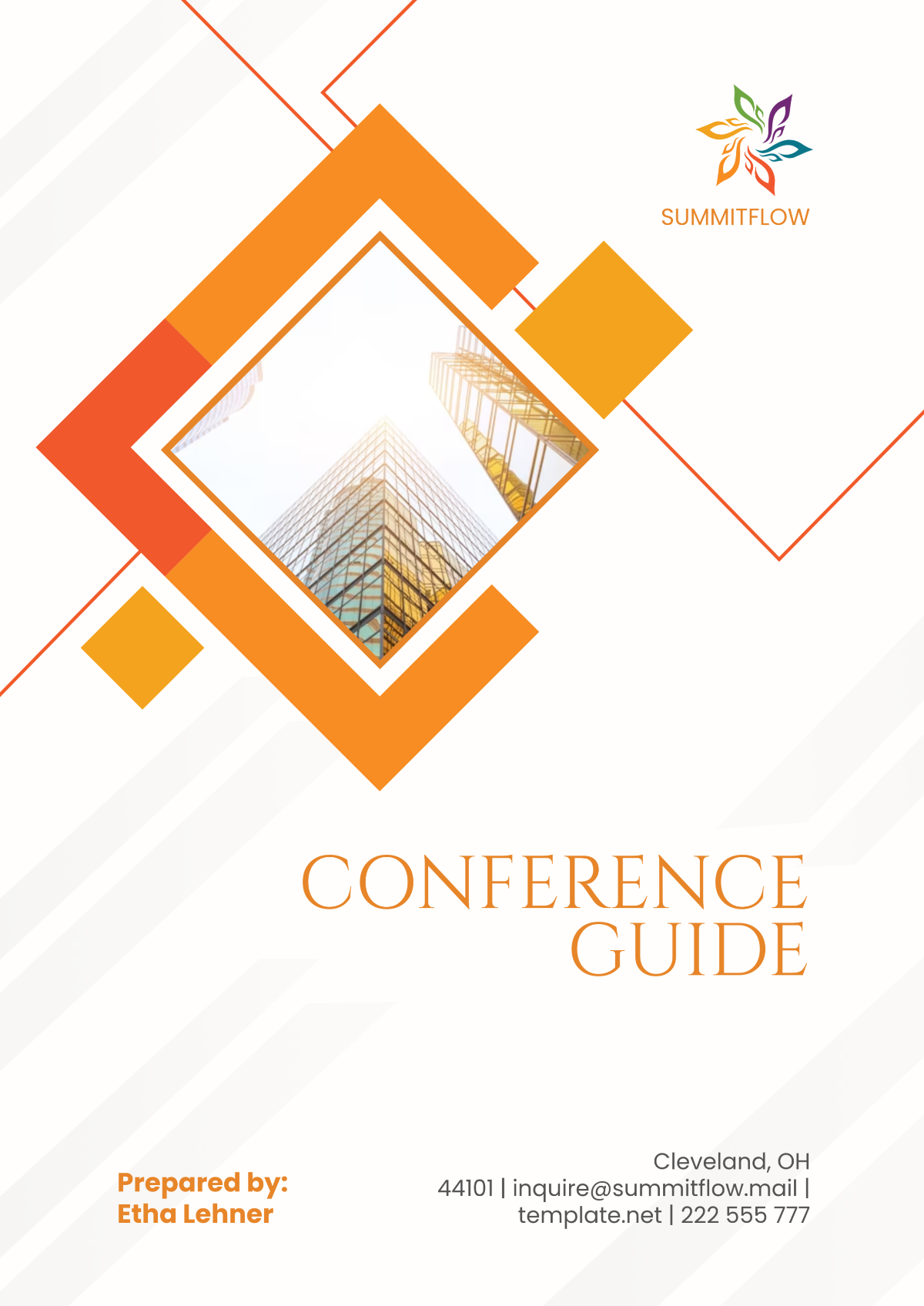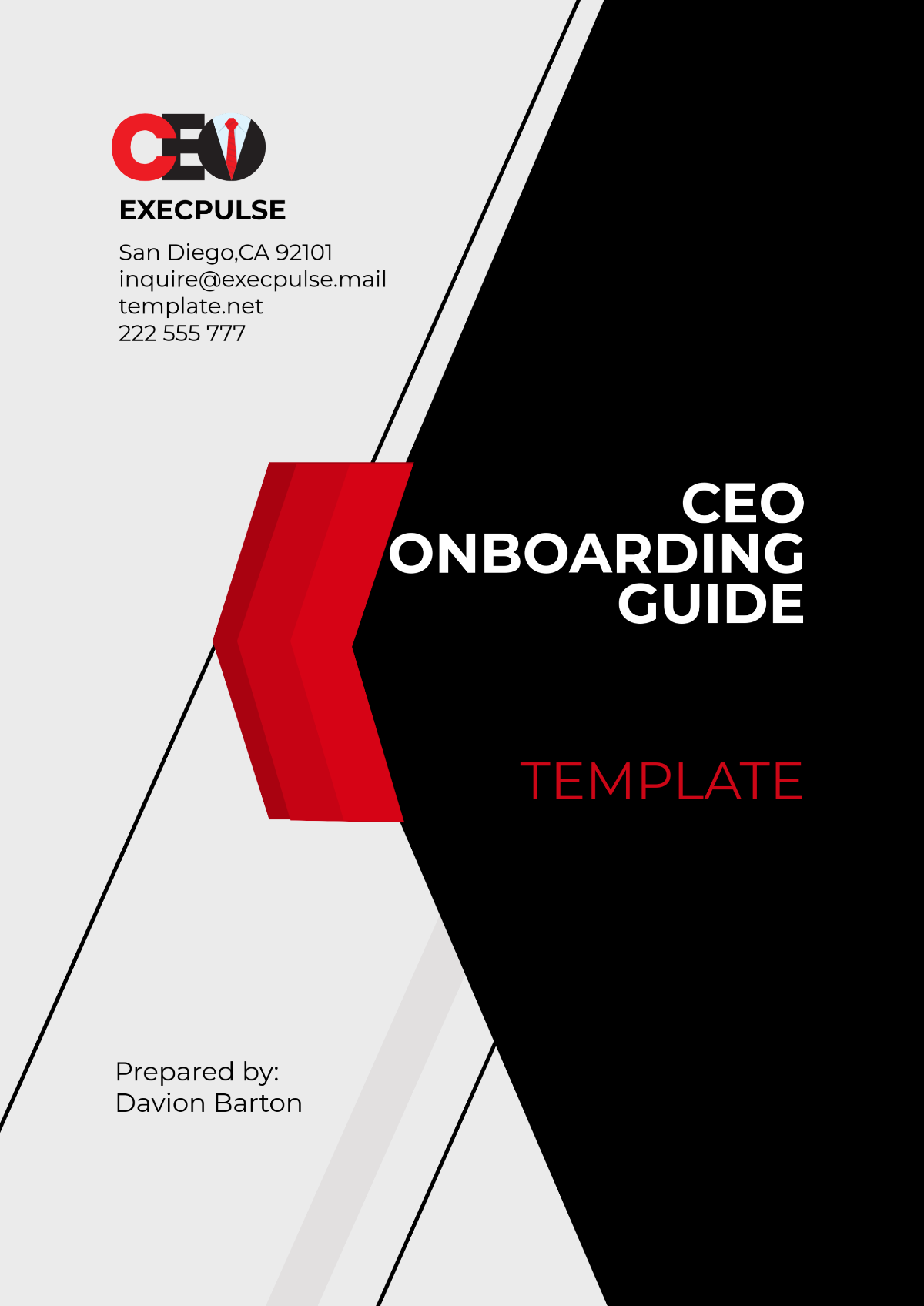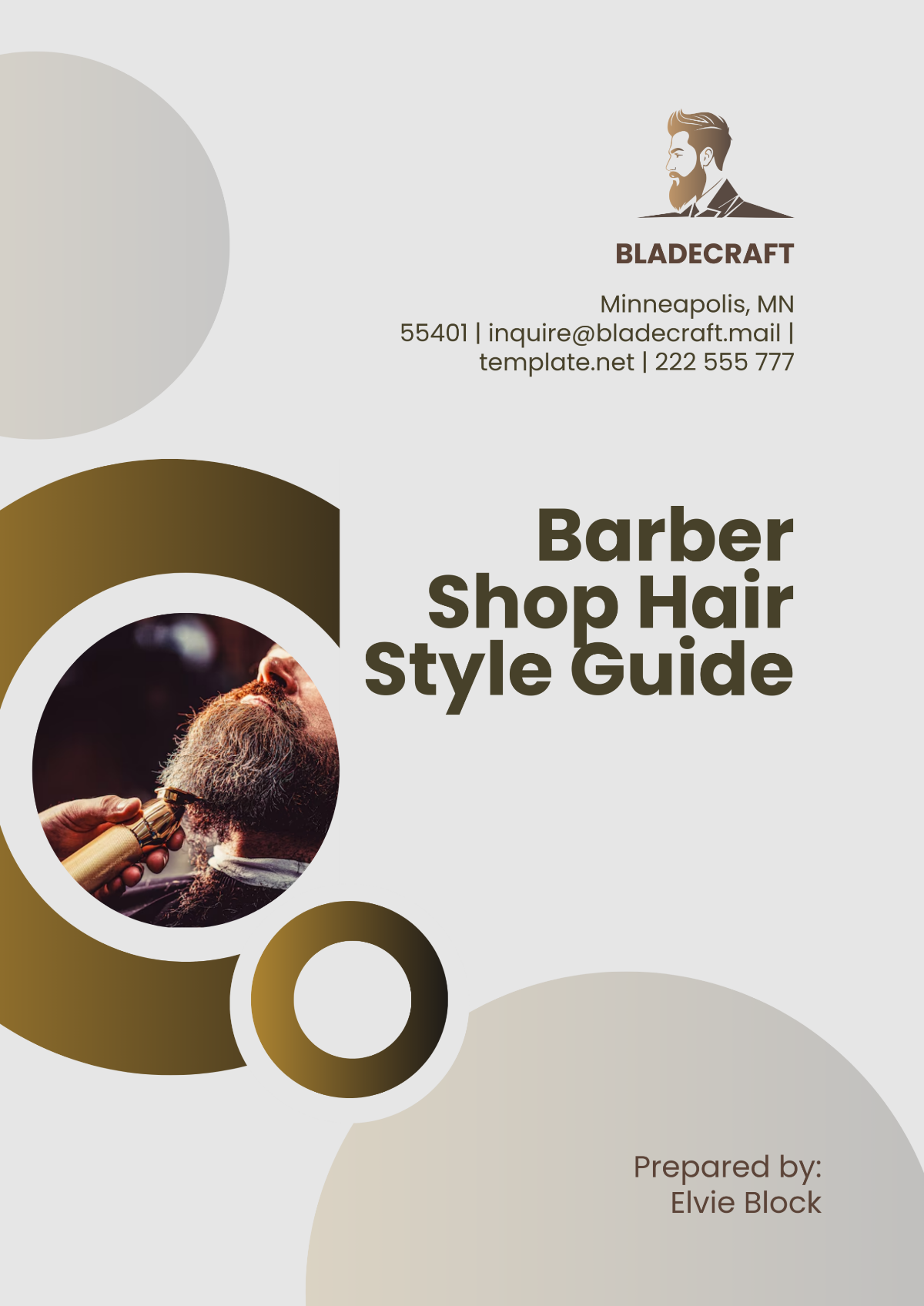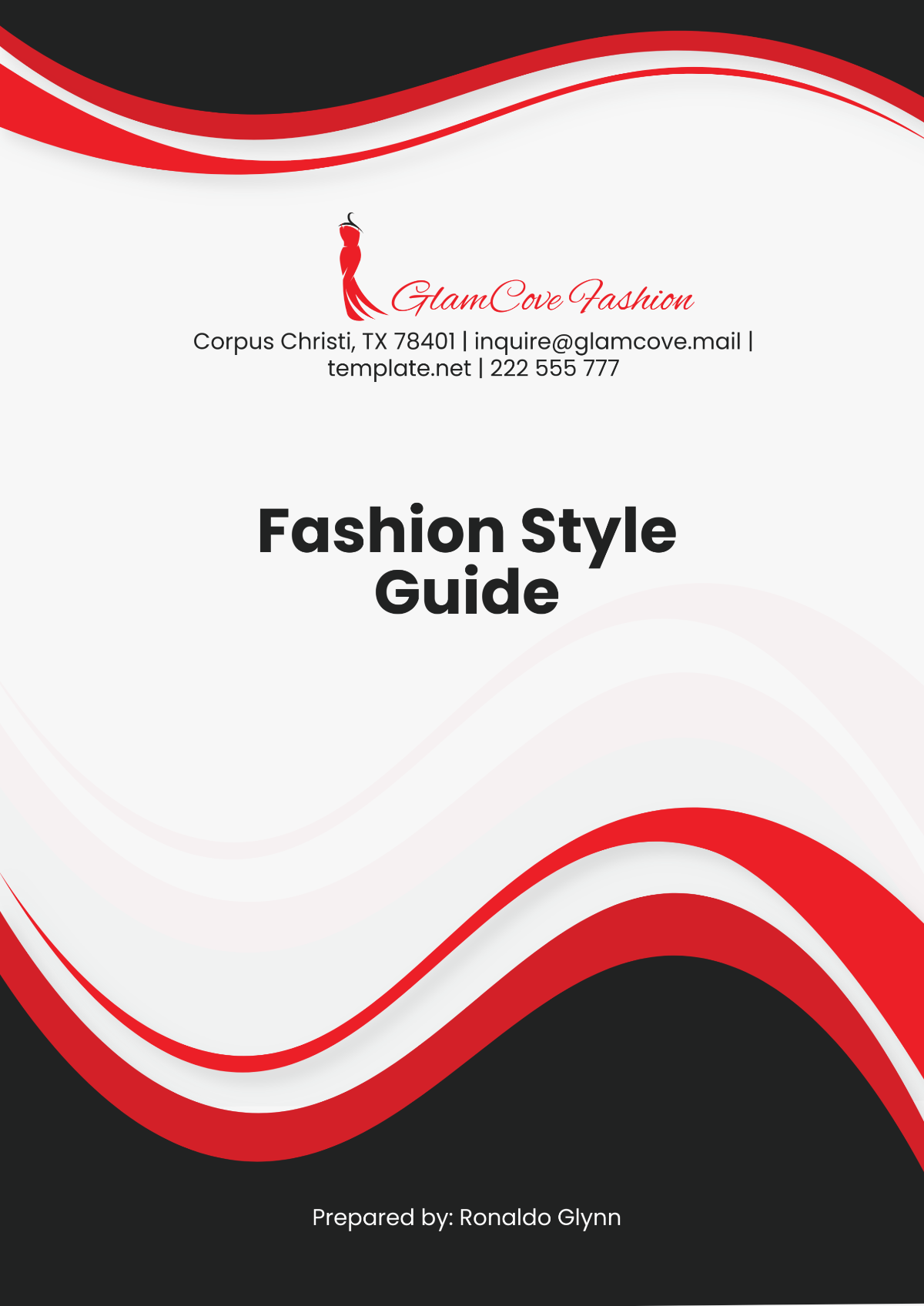Learner Guide
I. Introduction
Welcome to the [LEARNER GUIDE]!This guide is designed to assist you in [LEARNING] with ease and efficiency. Whether you are a newcomer or a seasoned [LEARNER], this template will provide you with the necessary tools and resources to excel in your [LEARNING JOURNEY].
II. Getting Started
To begin your learning journey, it's essential to first understand your objectives. Clearly defining your [LEARNING GOALS], identifying the specific [SKILLS] or [KNOWLEDGE] you aim to acquire, and establishing a realistic [TIMELINE] for achieving your objectives are crucial steps.
Once you've clarified your objectives, setting up your environment becomes the next priority. Choose a quiet and comfortable [STUDY SPACE], gather all necessary [MATERIALS] such as textbooks, notebooks, and digital resources, and ensure reliable access to [INTERNET] if required for your learning.
III. Course Overview
A. Course Description
This course, [COURSE NAME], will cover the following topics:
Introduction to [TOPIC 1]
Intermediate concepts in [TOPIC 2]
Advanced applications of [TOPIC 3]
B. Learning Objectives
By the end of this course, you will be able to:
Understand and apply [KEY CONCEPT 1]
Analyze and evaluate [KEY CONCEPT 2]
Create and implement [KEY CONCEPT 3]
IV. Structuring Your Learning Plan
Structuring your learning plan involves creating a schedule and choosing appropriate learning resources. Determine your available [STUDY TIME] each day, allocate specific time slots for different [SUBJECTS] or [TOPICS], and incorporate breaks into your schedule to maintain [PRODUCTIVITY].
Consider utilizing [ONLINE COURSES] or [TUTORIALS] related to your subject, exploring [BOOKS], [ARTICLES], or [RESEARCH PAPERS] for in-depth understanding, and engaging in [PRACTICAL EXERCISES] or [PROJECTS] to apply theoretical knowledge effectively.
V. Resources
A. Required Materials
Textbook: [TEXTBOOK TITLE] by [AUTHOR NAME]
Software: [SOFTWARE NAME]
Additional readings and articles provided throughout the course
B. Suggested Readings
[BOOK/ARTICLE 1] by [AUTHOR NAME]
[BOOK/ARTICLE 2] by [AUTHOR NAME]
VI. Assessment
A. Grading Criteria
Your grade will be composed of the following components:
Assignments: [PERCENTAGE]
Examinations: [PERCENTAGE]
Participation: [PERCENTAGE]
B. Assignment Submission
All assignments should be submitted via [SUBMISSION PLATFORM] by the due dates indicated in the course schedule. Late submissions will be subject to a penalty of [PERCENTAGE] per day.
VII. Implementing Effective Study Techniques
Implementing effective study techniques is essential for maximizing your learning experience. Active learning strategies such as taking [NOTES] during lectures or while reading, participating in [DISCUSSIONS] or study groups, and teaching concepts to others can enhance your comprehension significantly.
Additionally, managing your time efficiently with techniques like [TIME-BLOCKING], breaking down larger tasks into smaller [STUDY SESSIONS], and regularly reviewing and revising to retain [INFORMATION] effectively are crucial for success.
VIIII. Assessing Your Progress
Regularly monitoring your performance and adjusting your approach accordingly are key aspects of effective learning. Keep track of [ASSIGNMENTS], [QUIZZES], or [TESTS] related to your learning, reflect on your strengths and weaknesses, and seek feedback from [MENTORS], [TEACHERS], or peers to gain valuable insights.
Stay adaptable and open to trying new [METHODS] or [RESOURCES], and reevaluate your learning goals periodically to ensure you're on the right track.
IX. Conclusion
Congratulations on completing the [LEARNER GUIDE] By following the strategies outlined in this guide, you are well-equipped to embark on your learning journey with confidence and determination. Remember to stay committed, stay curious, and never stop learning.
